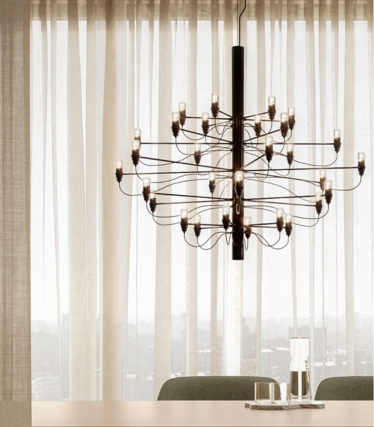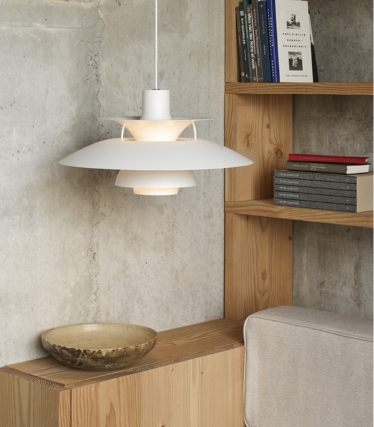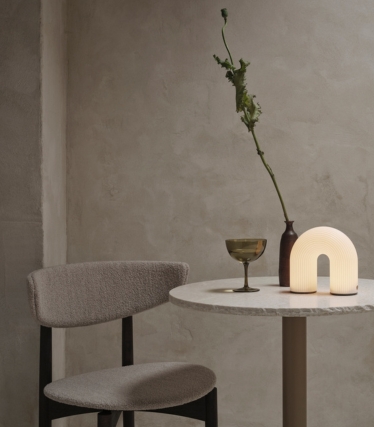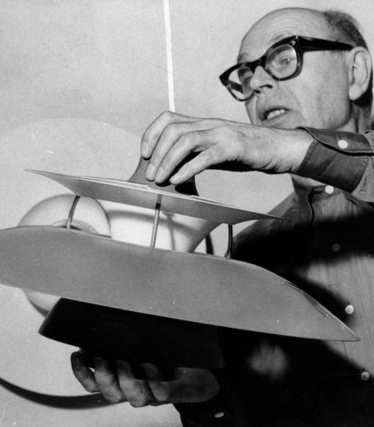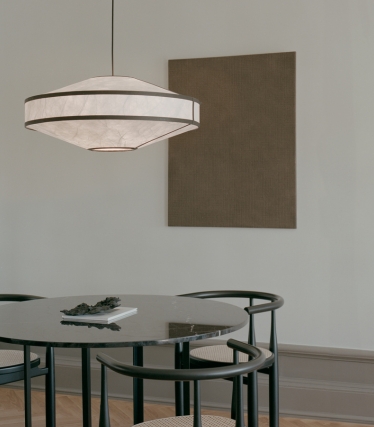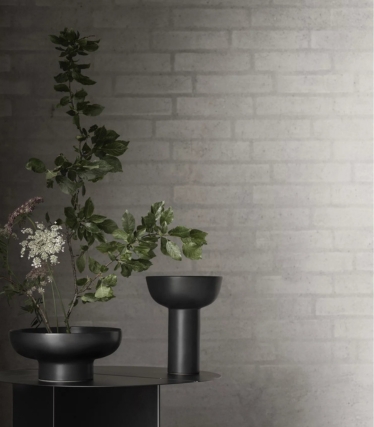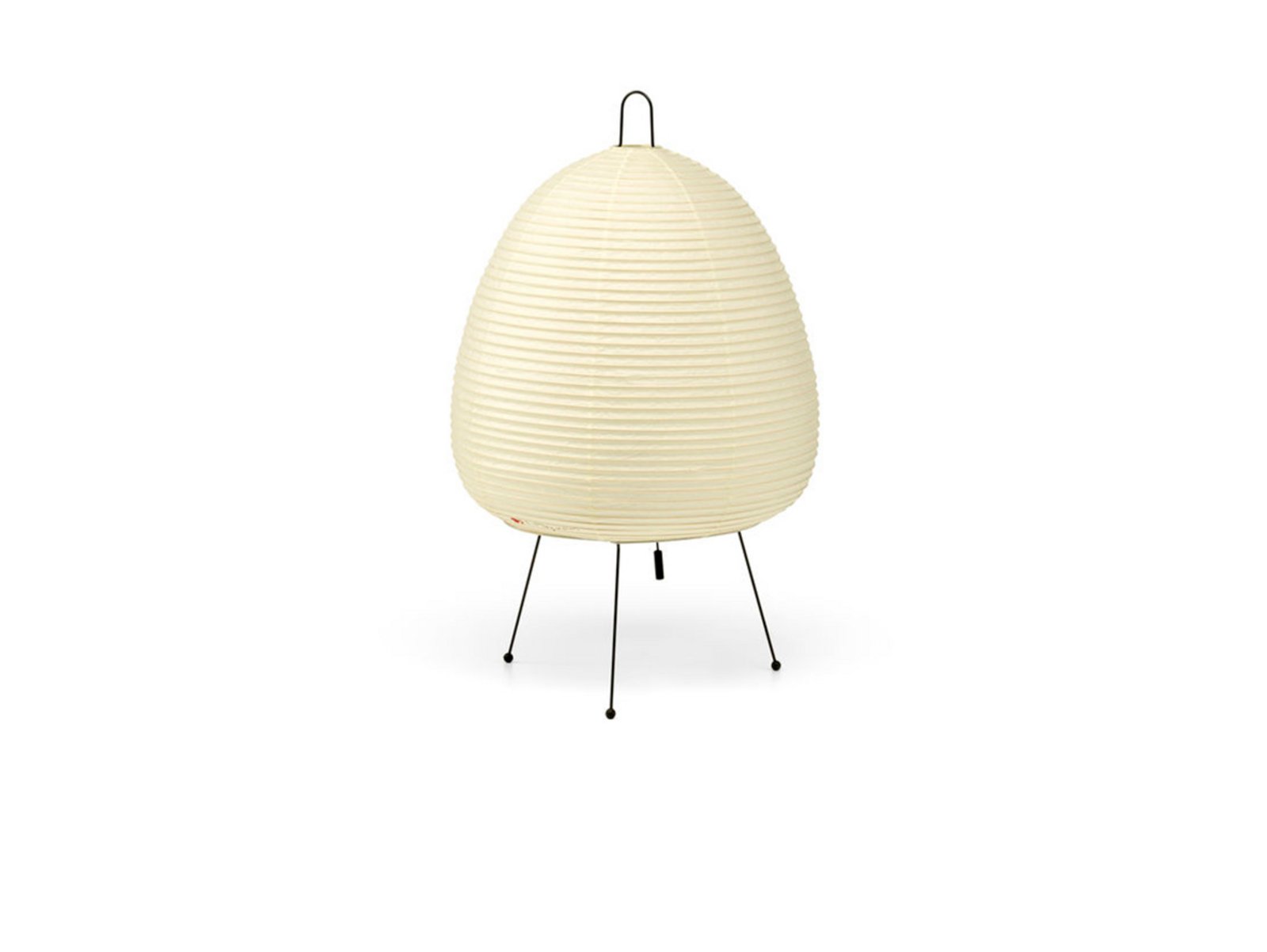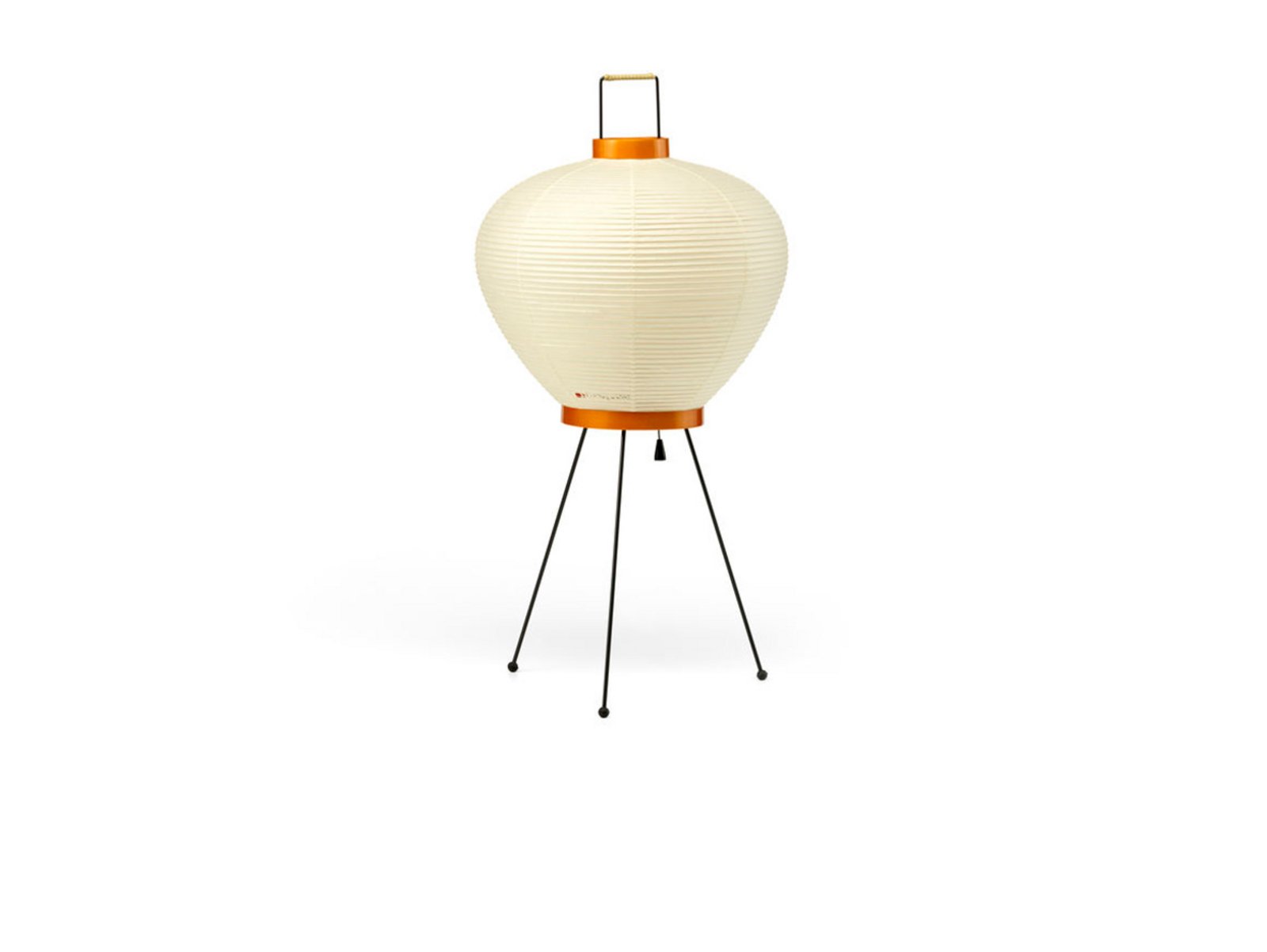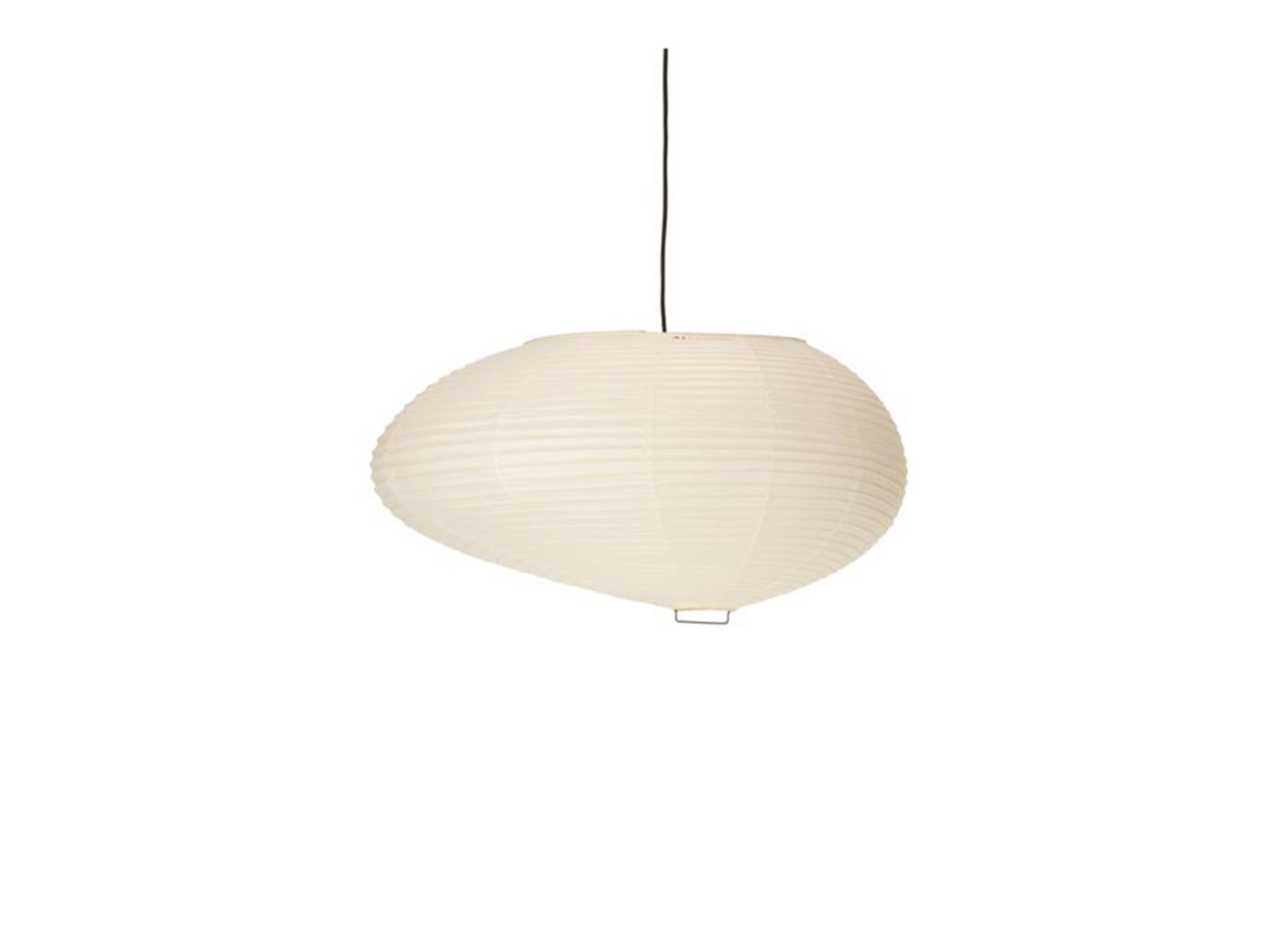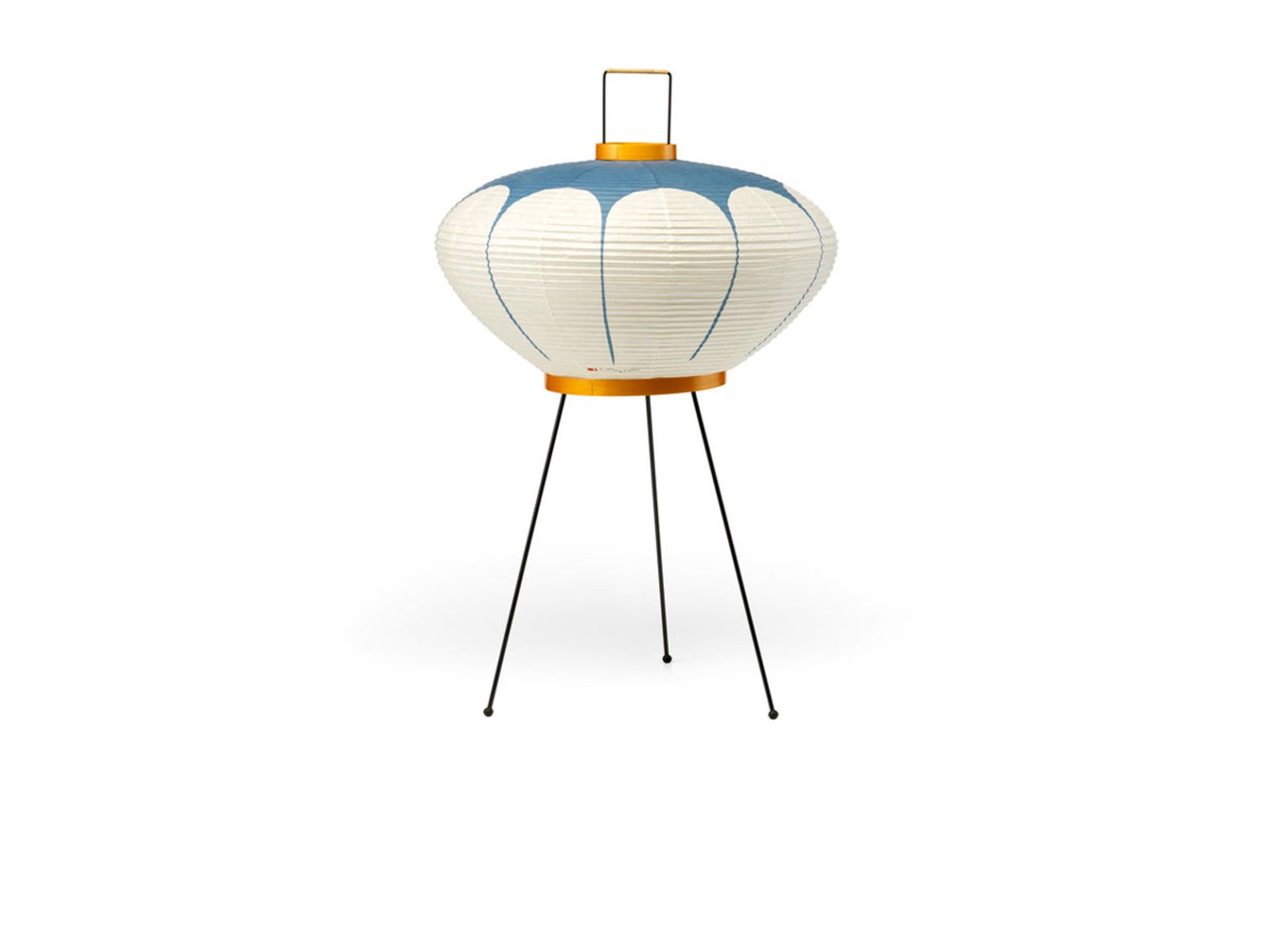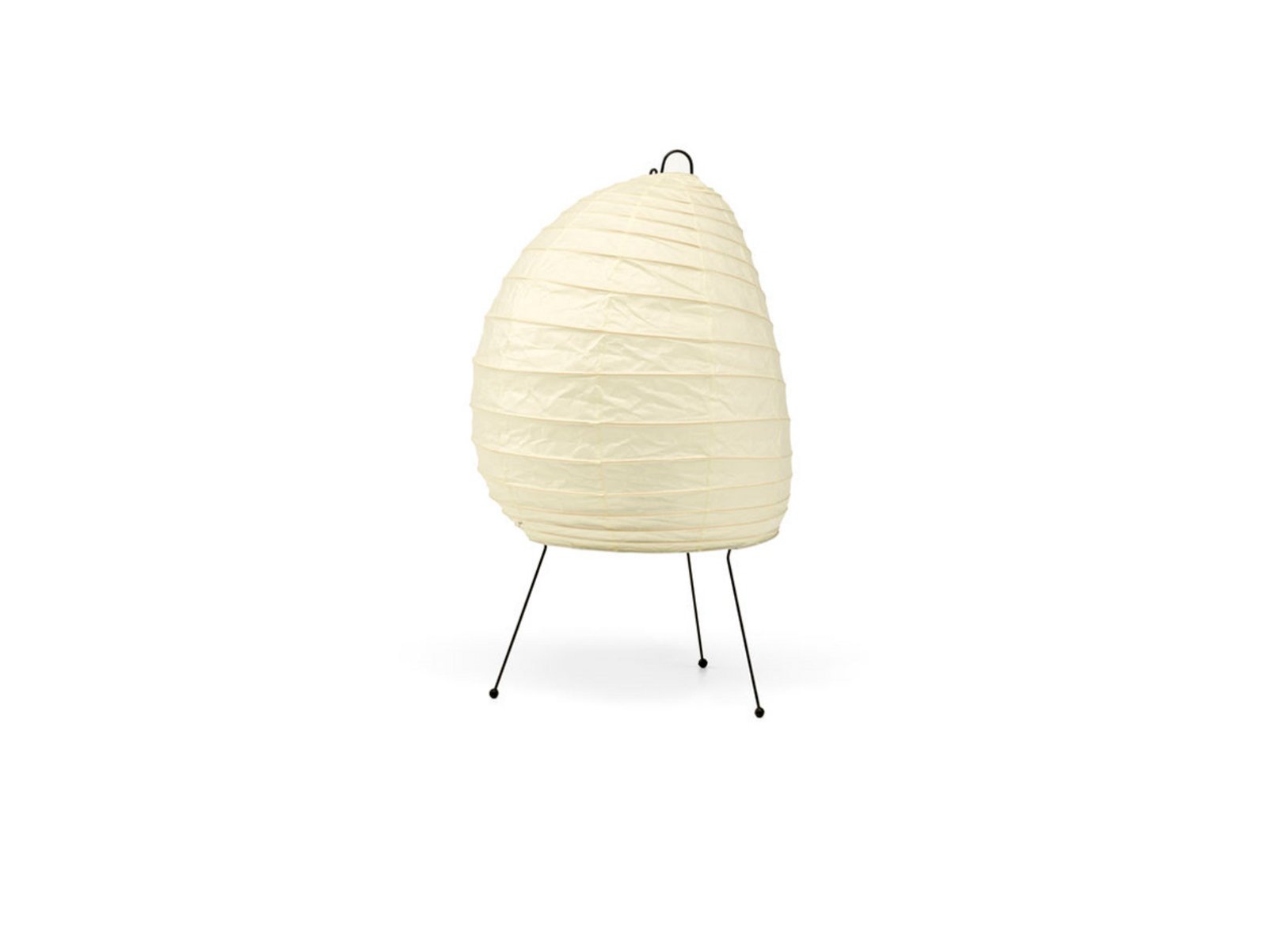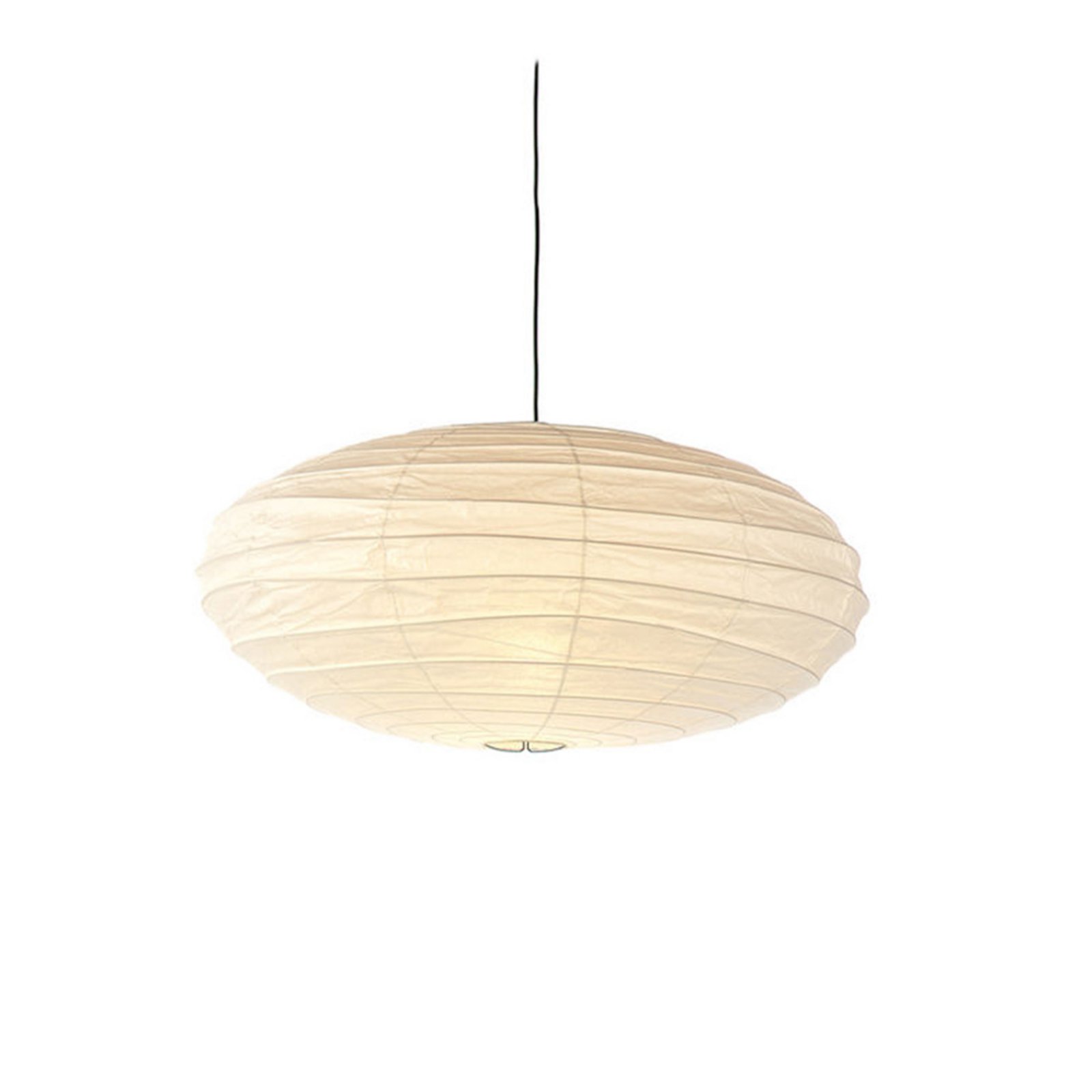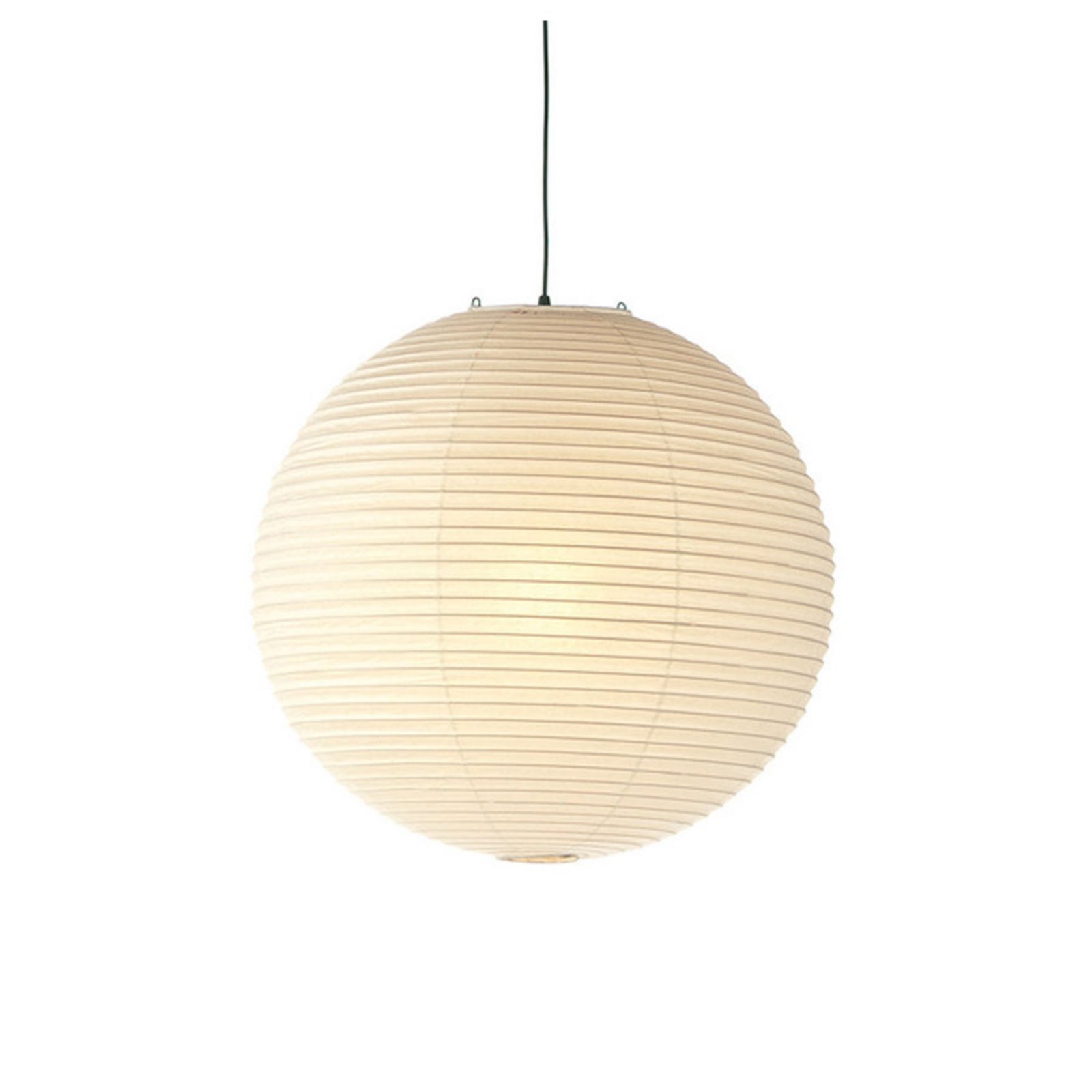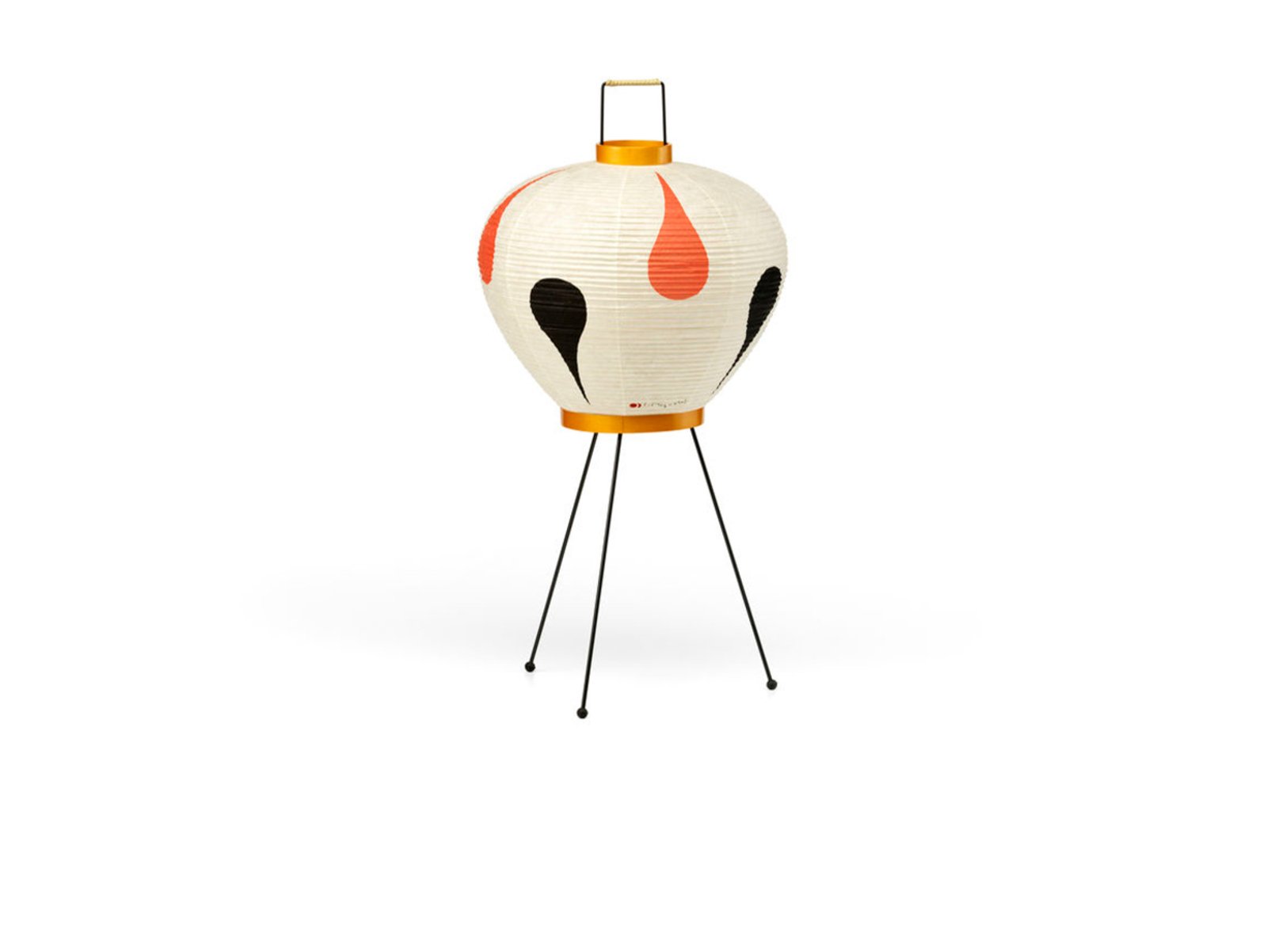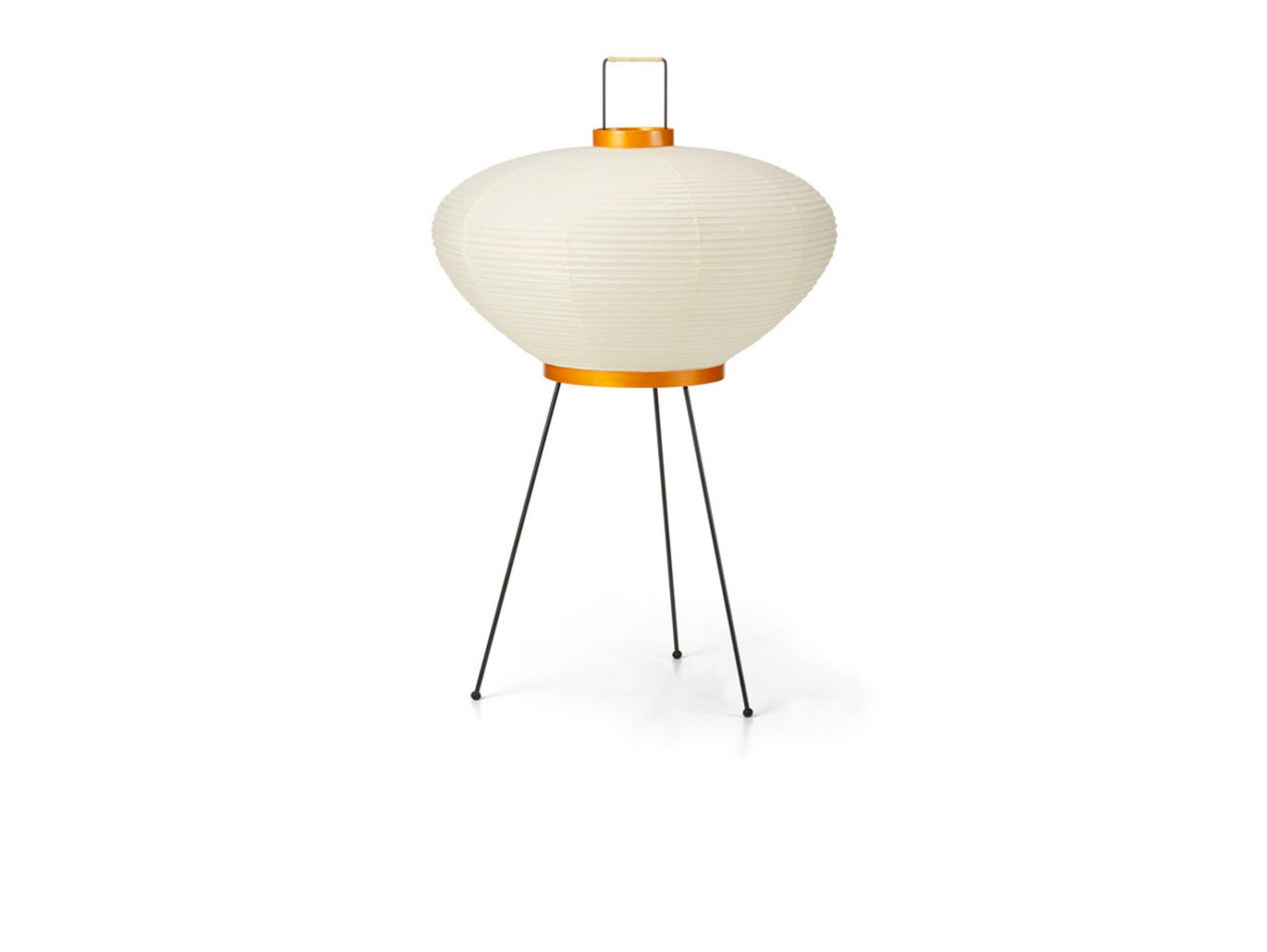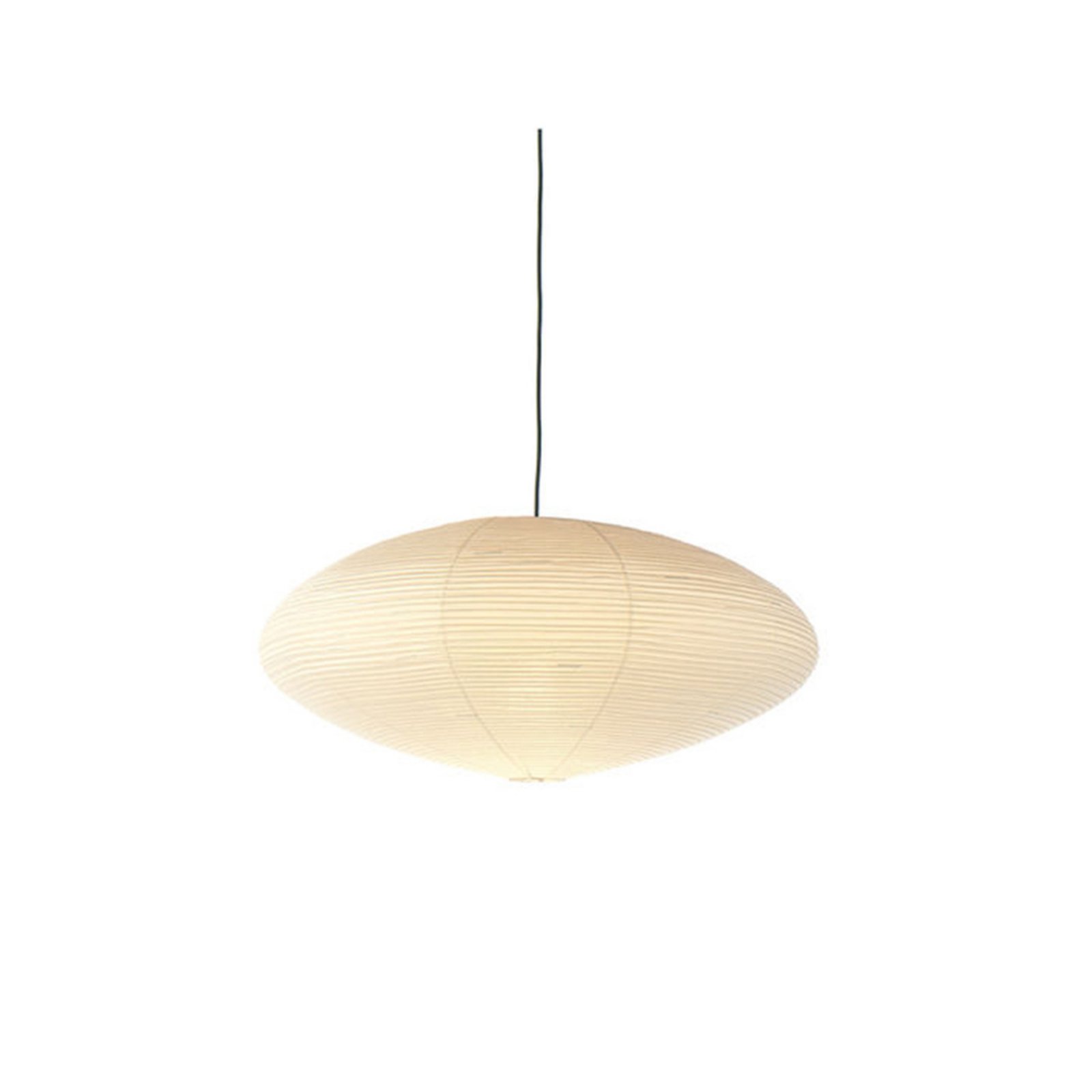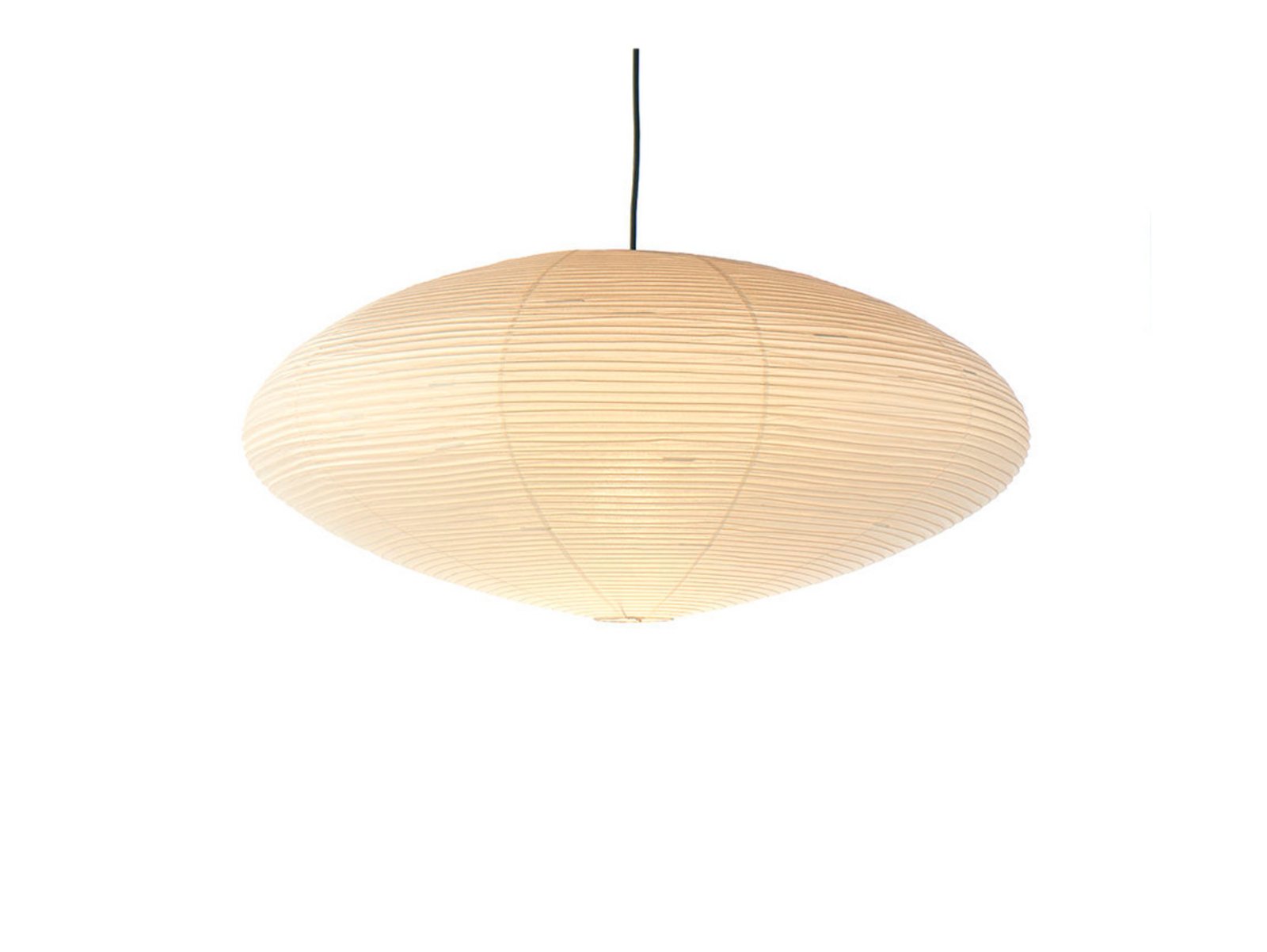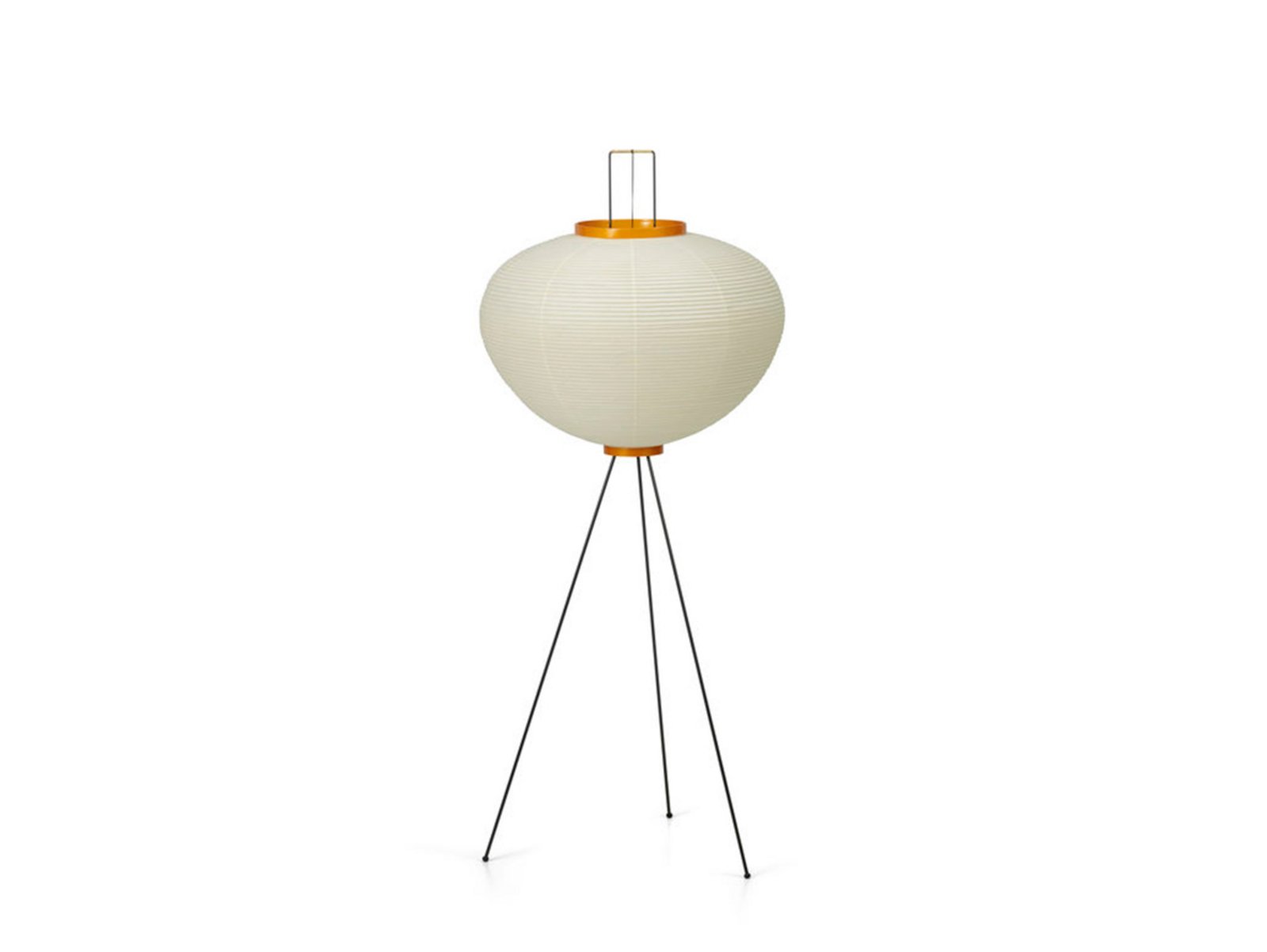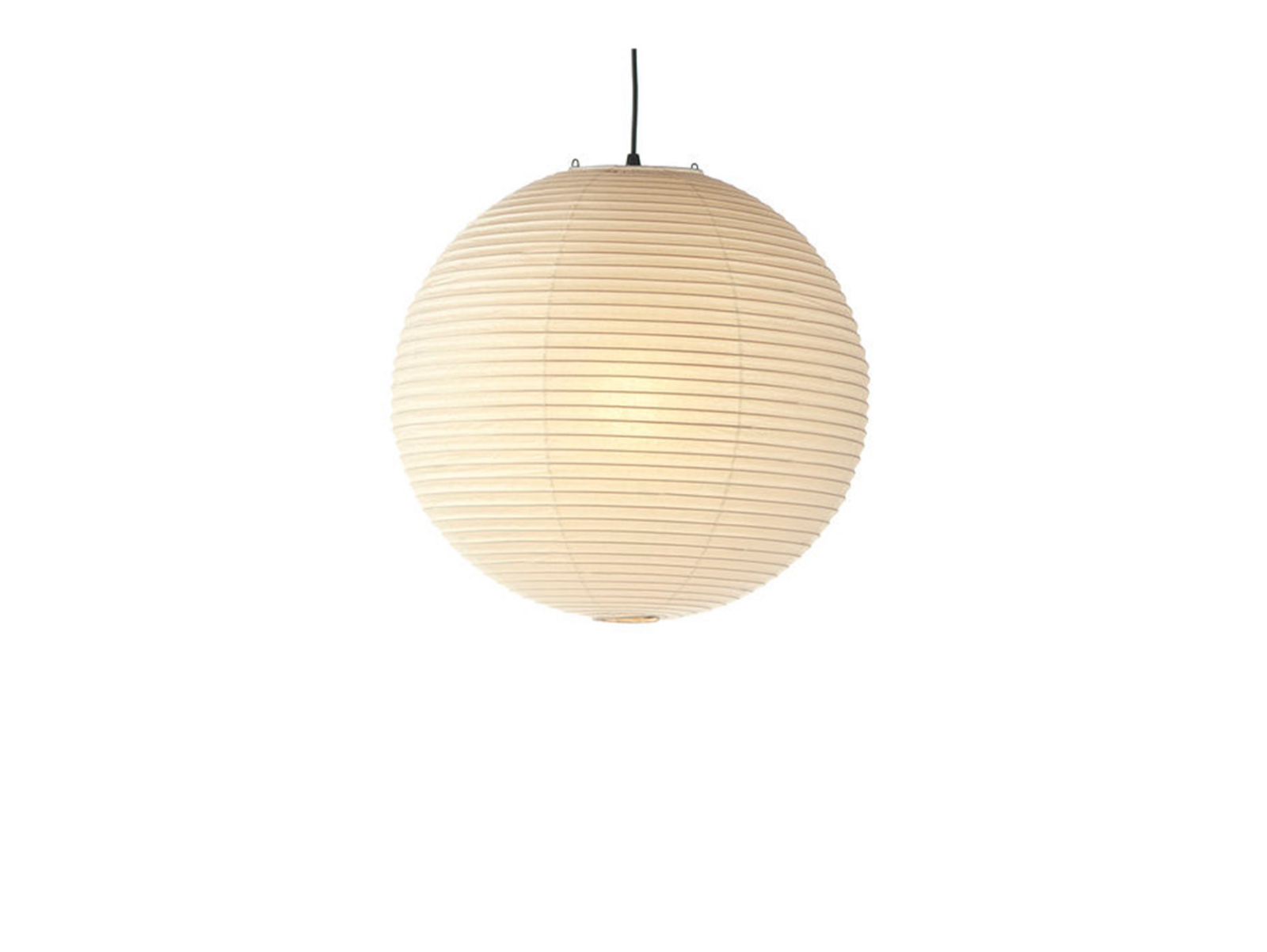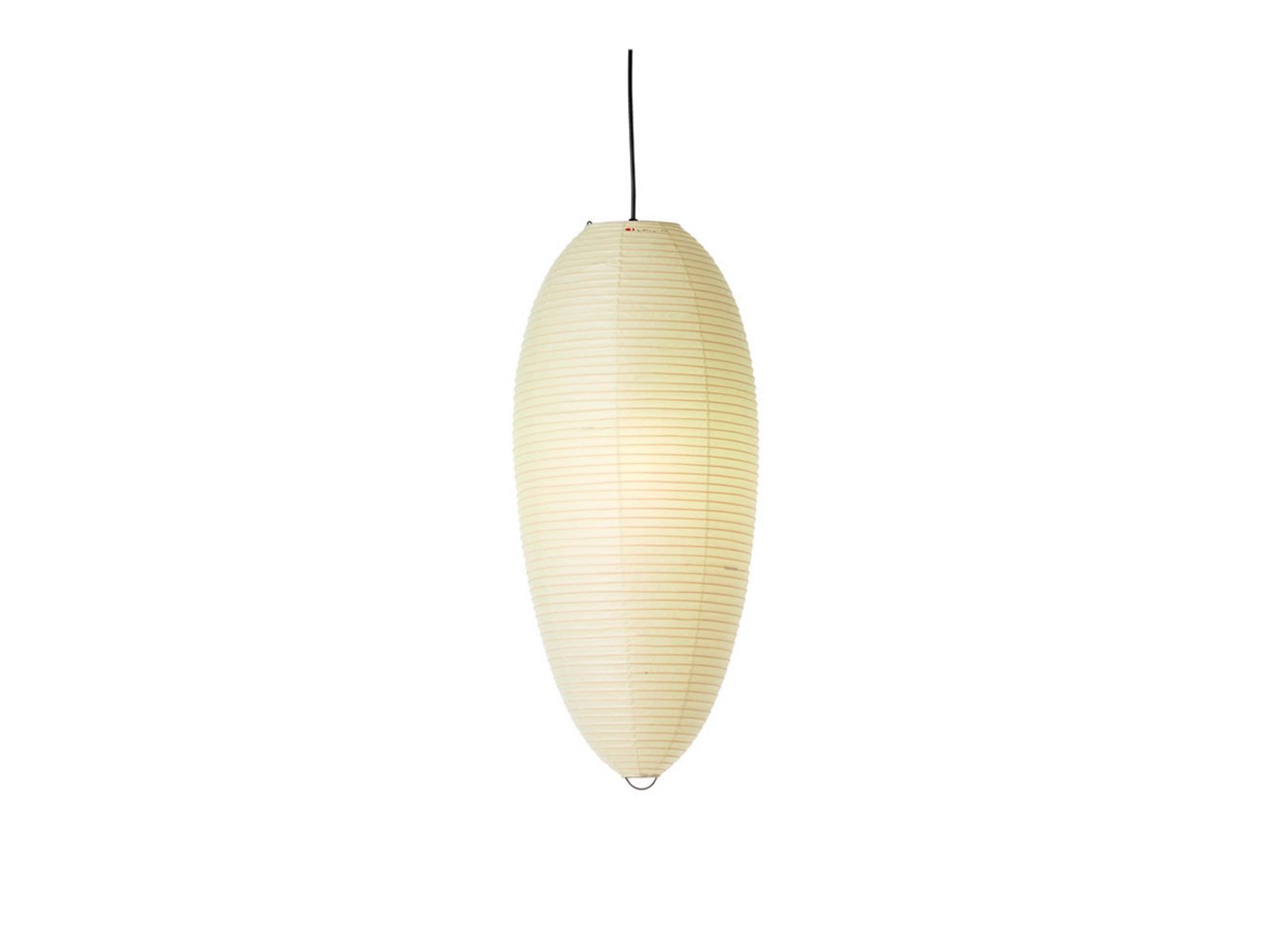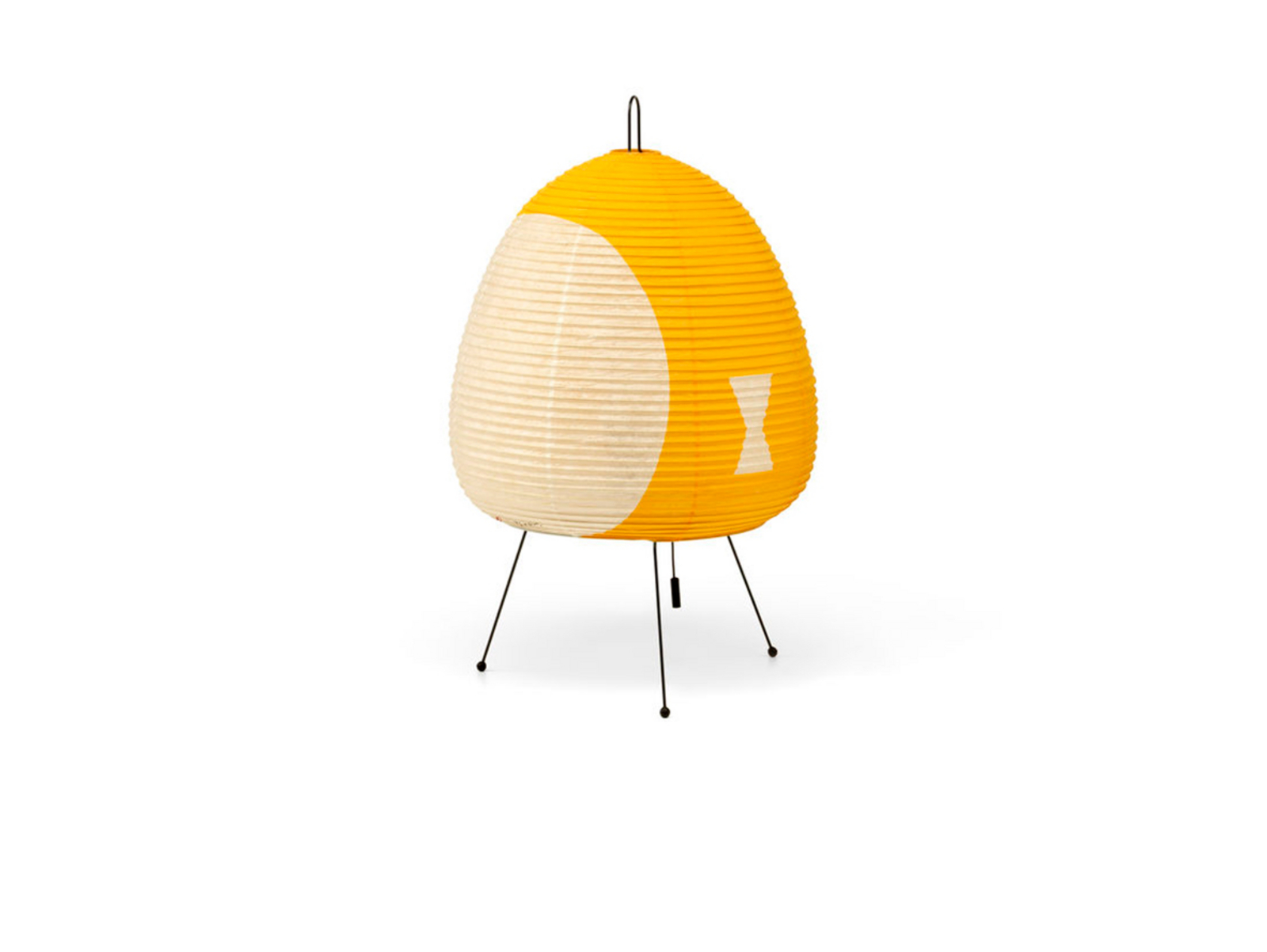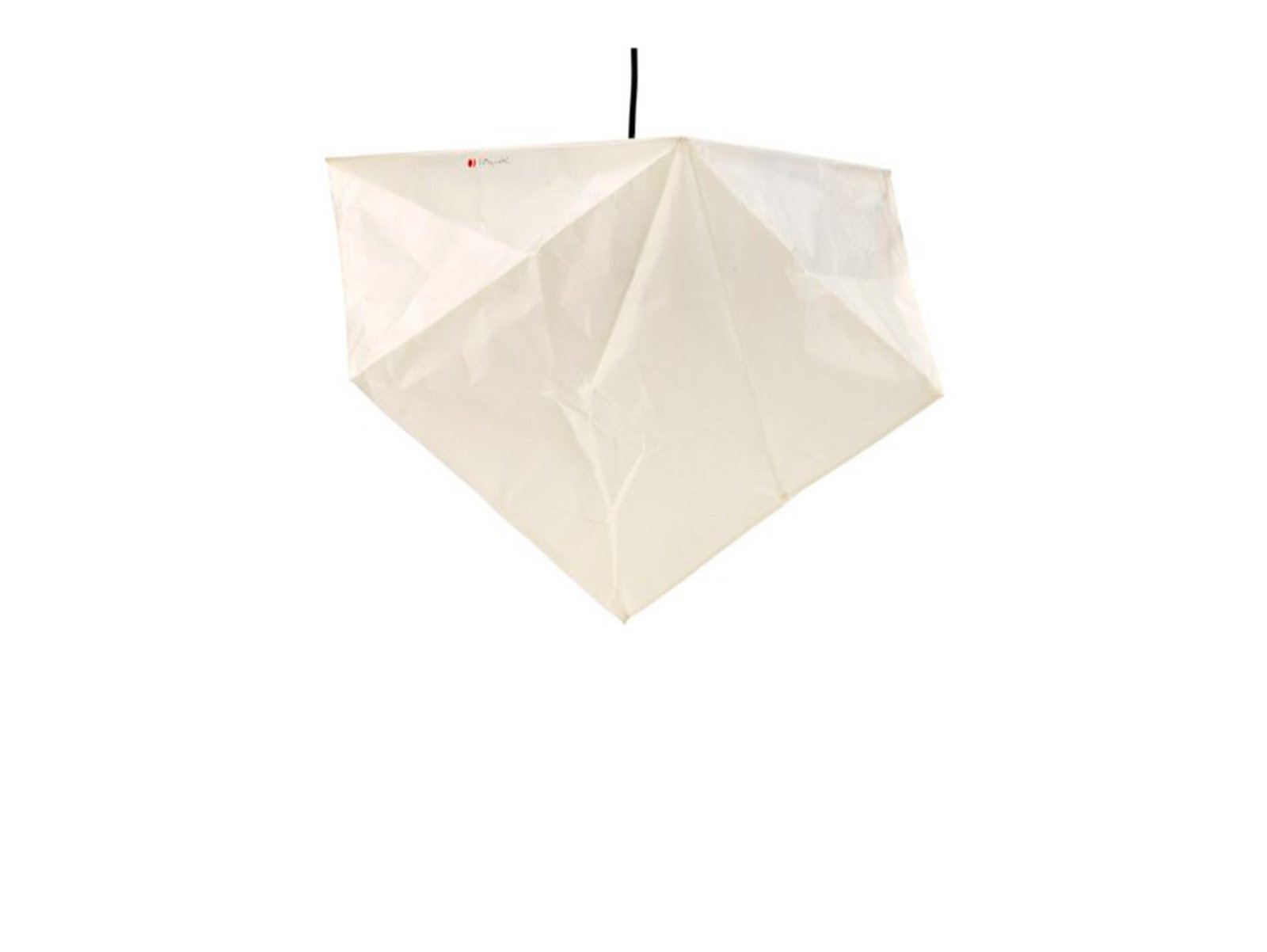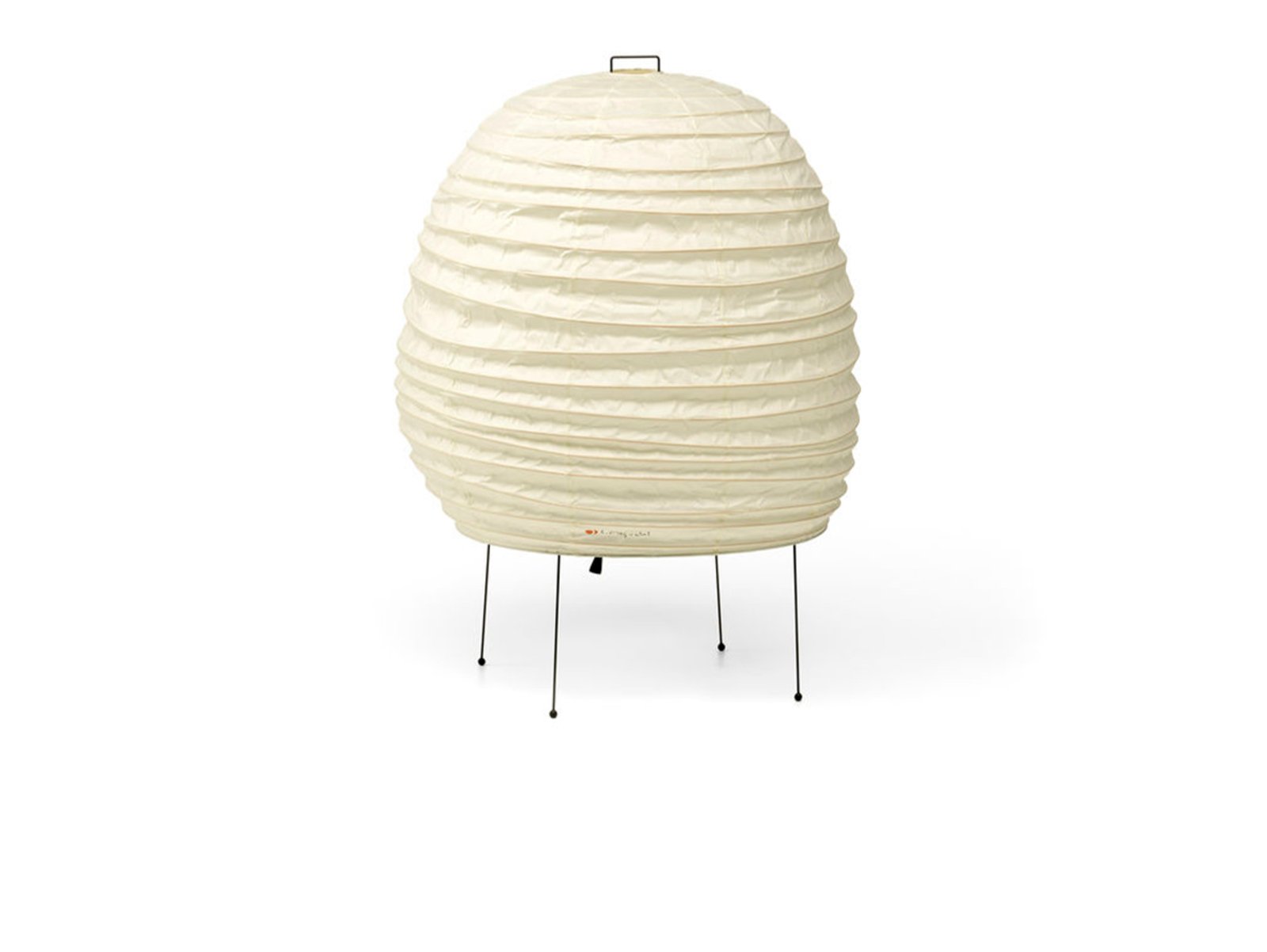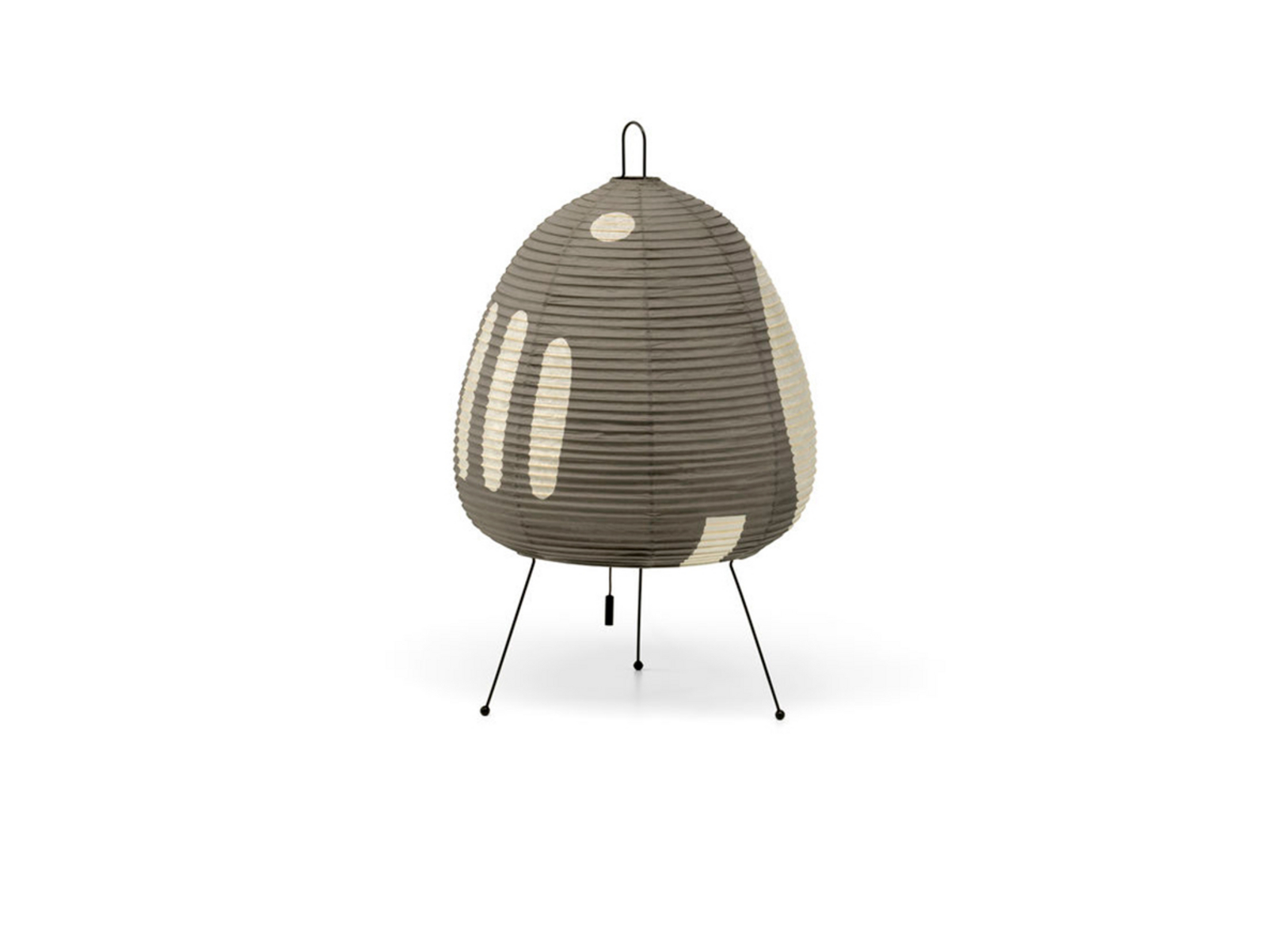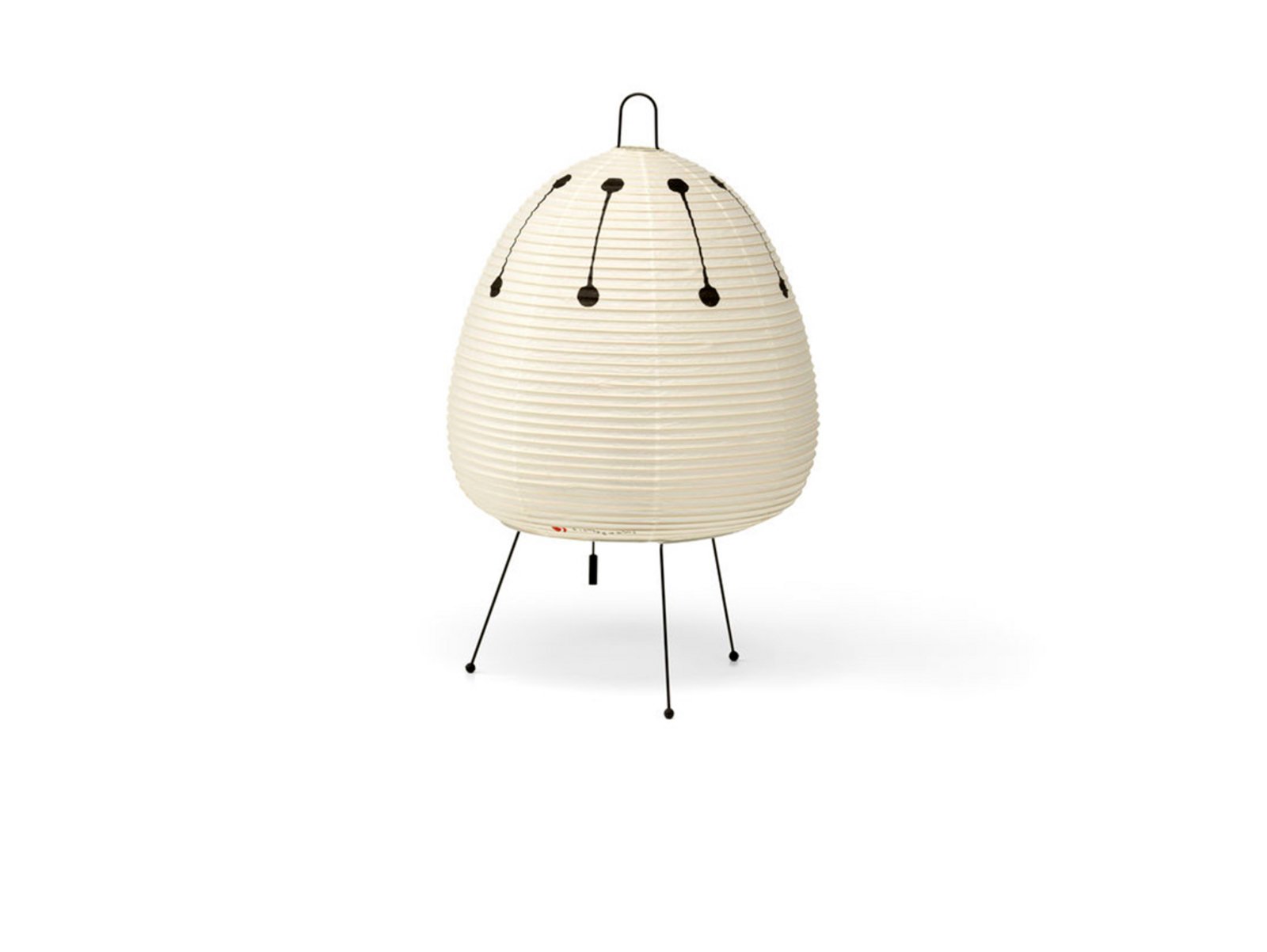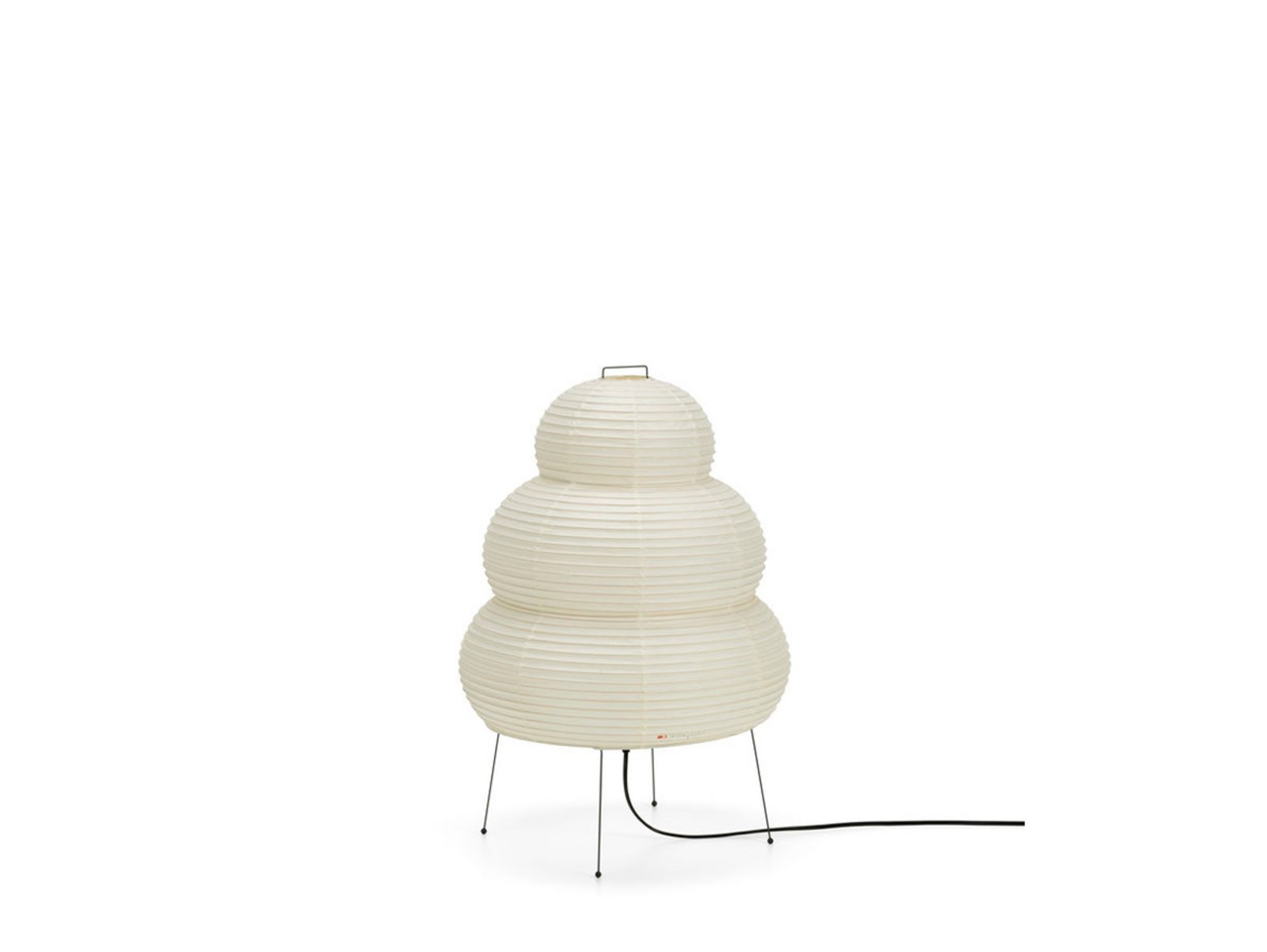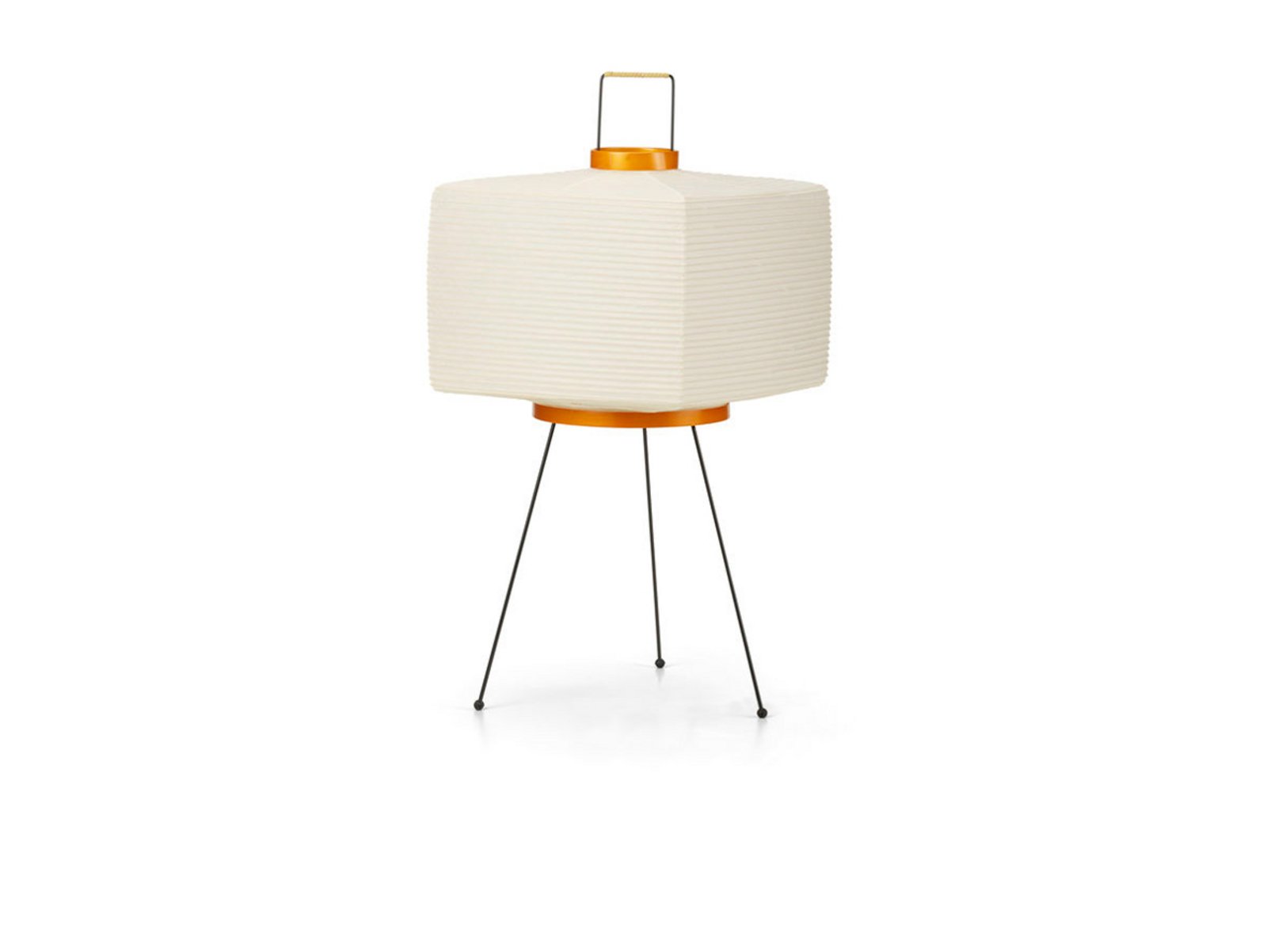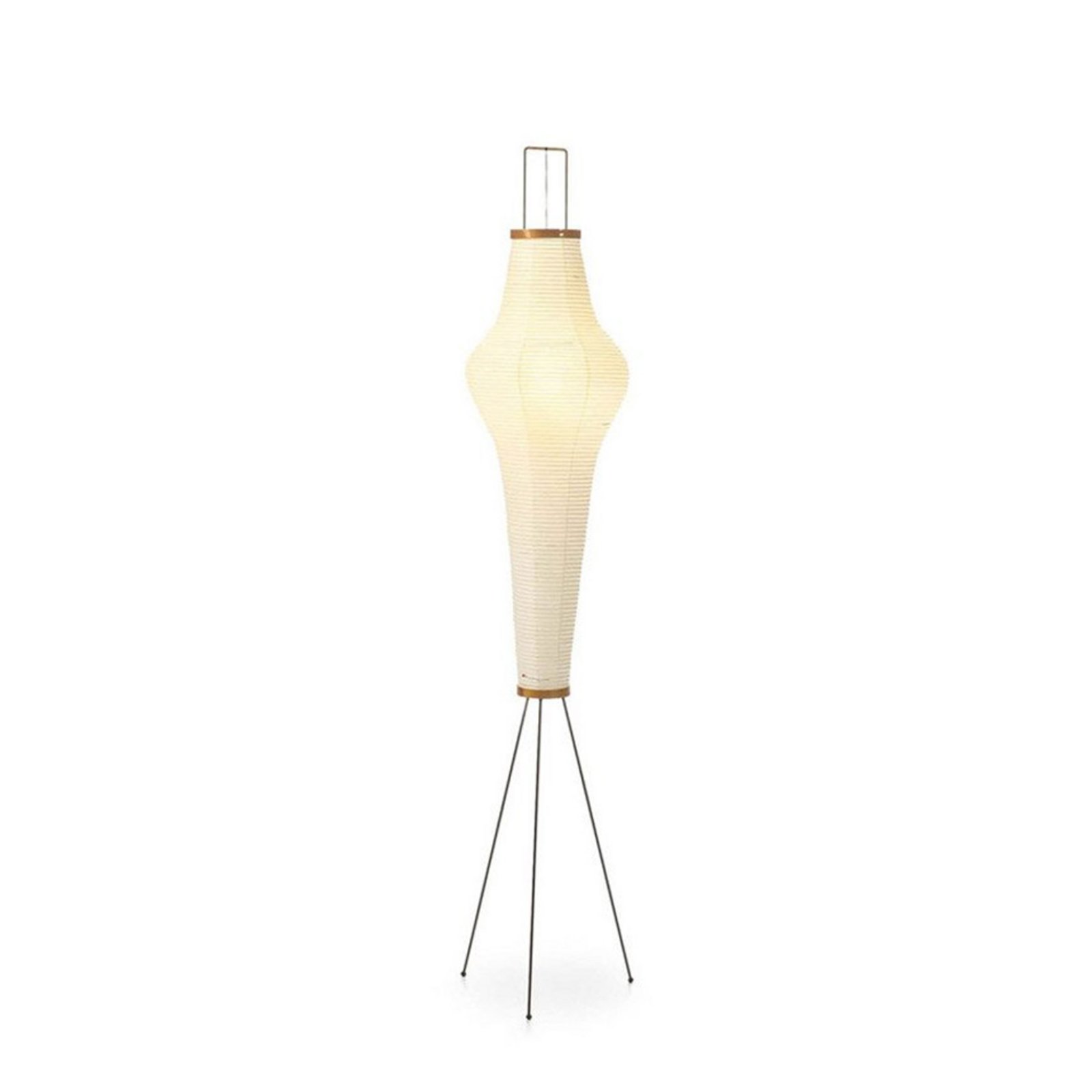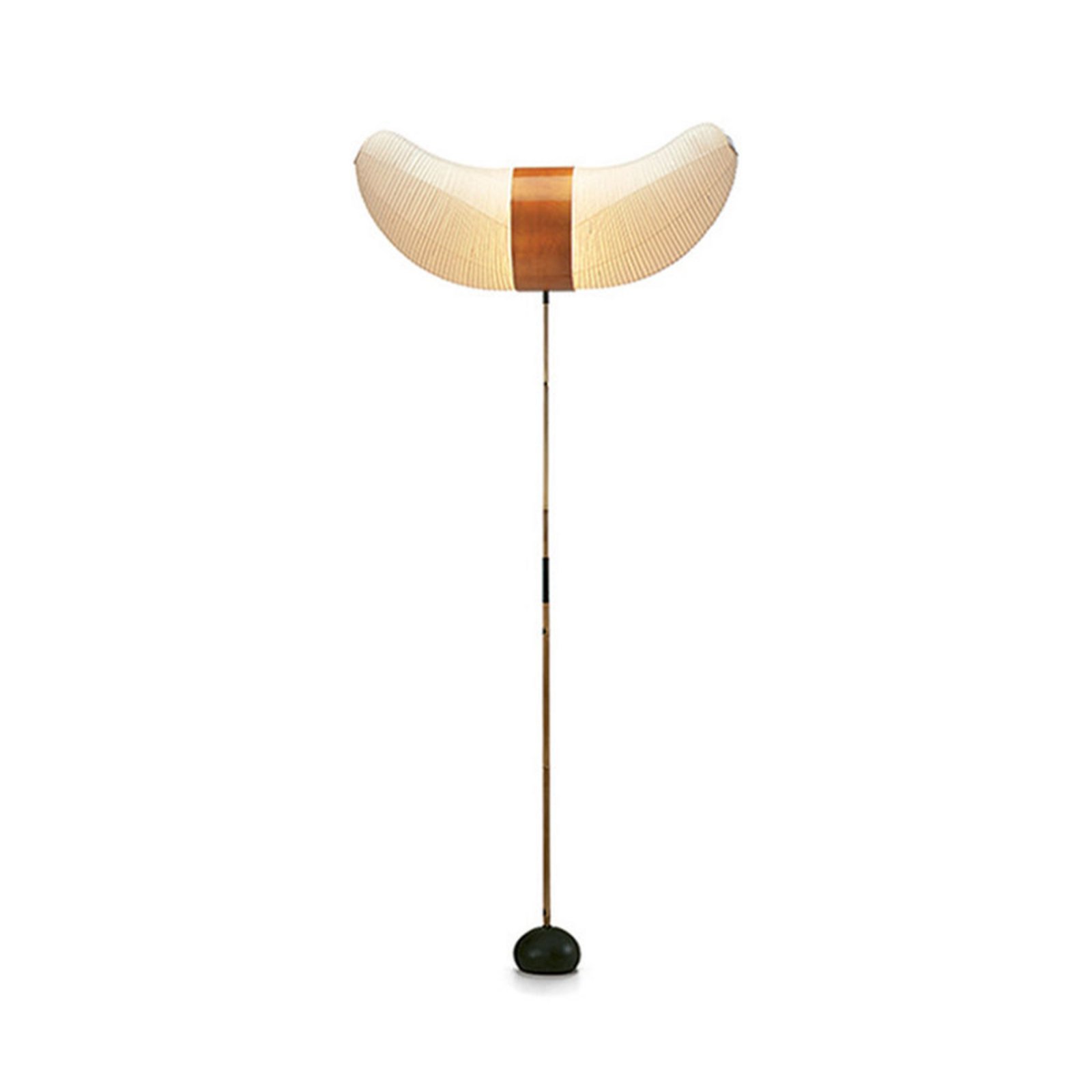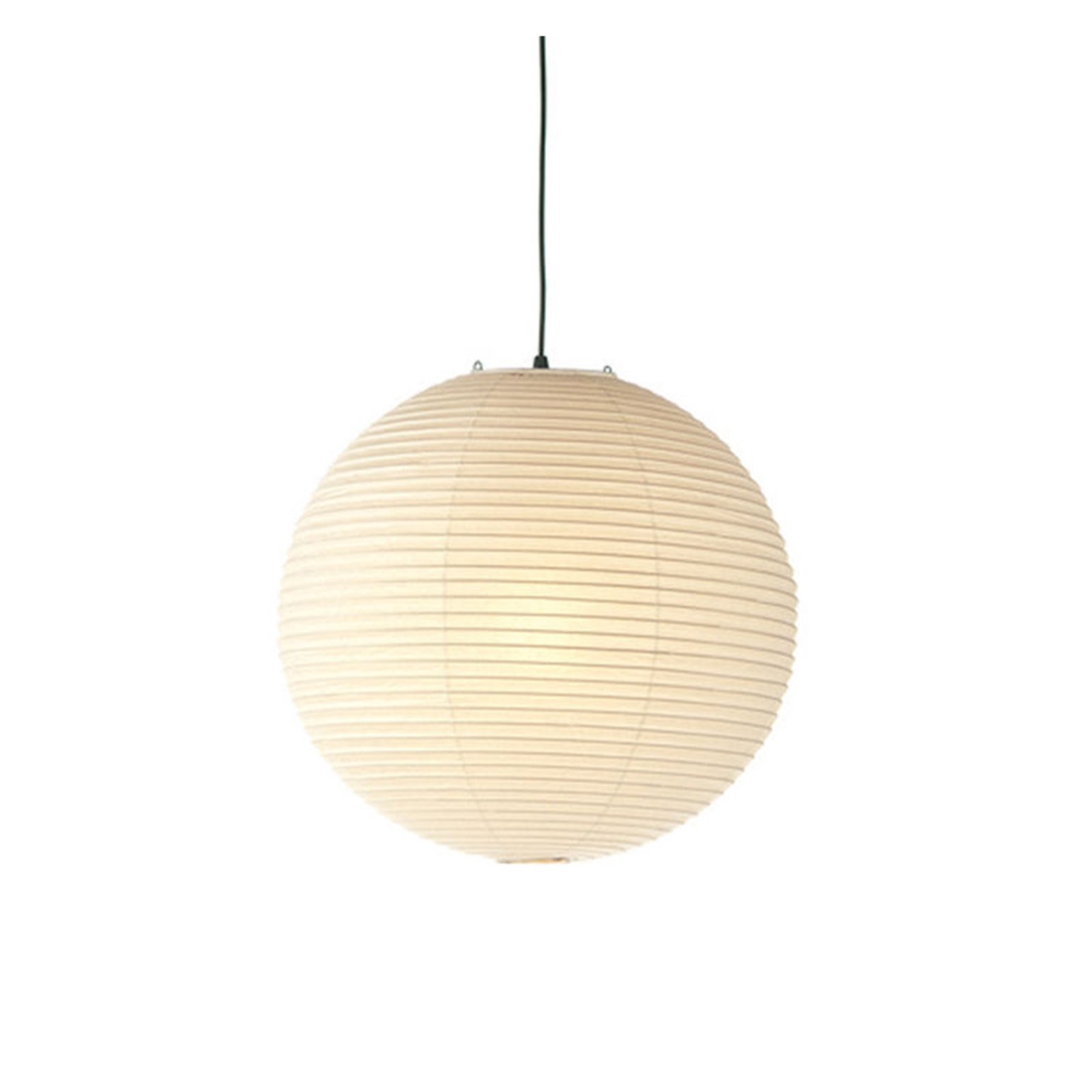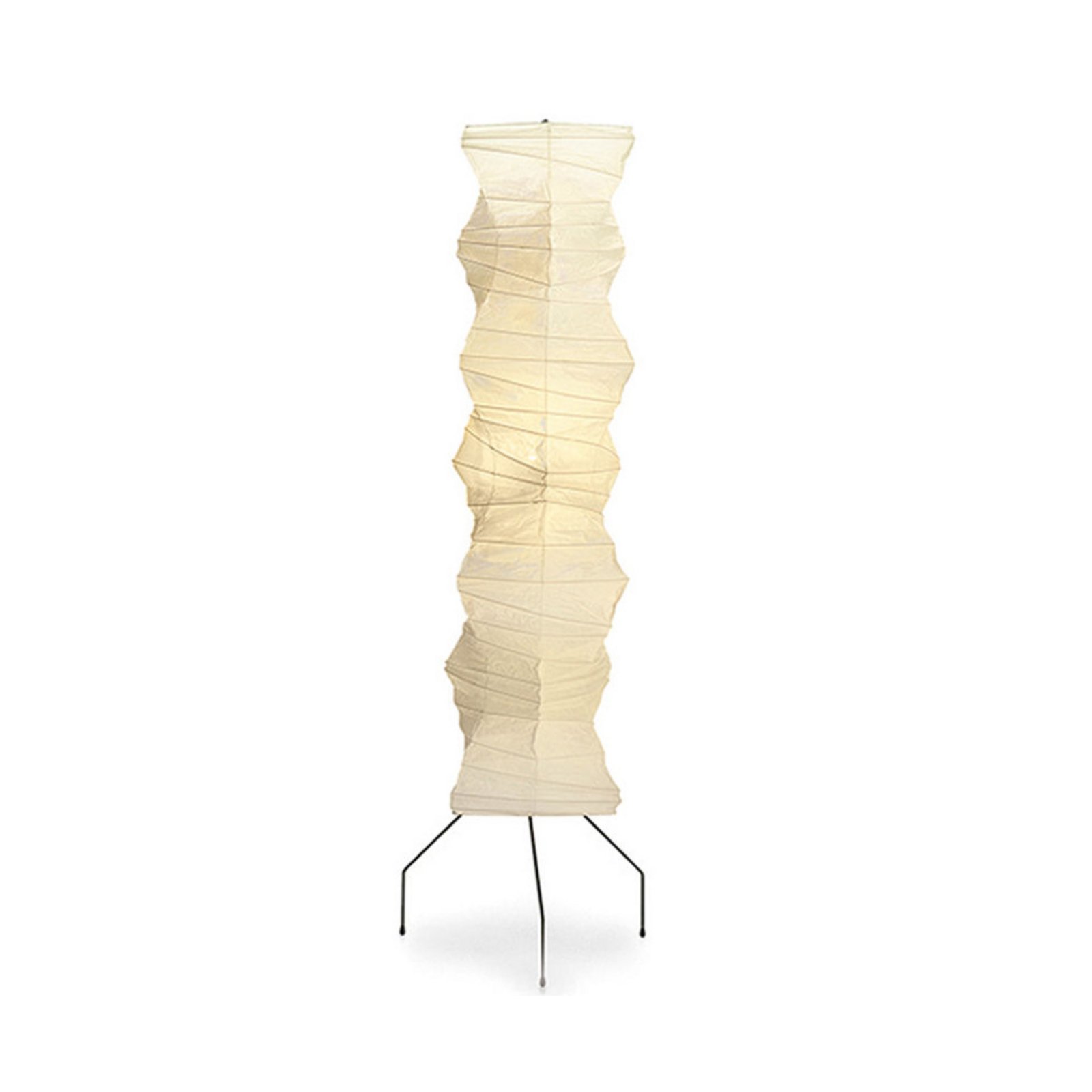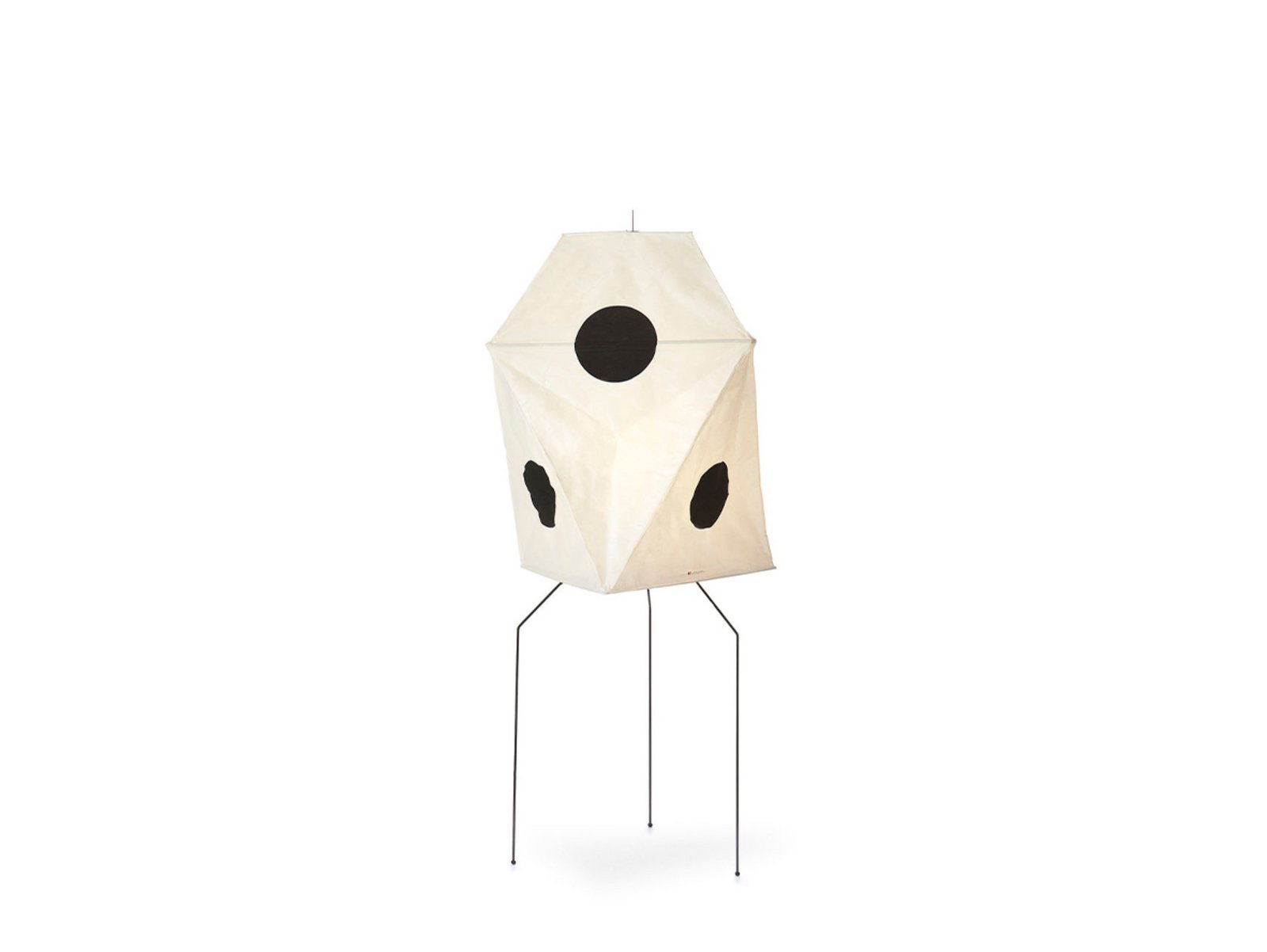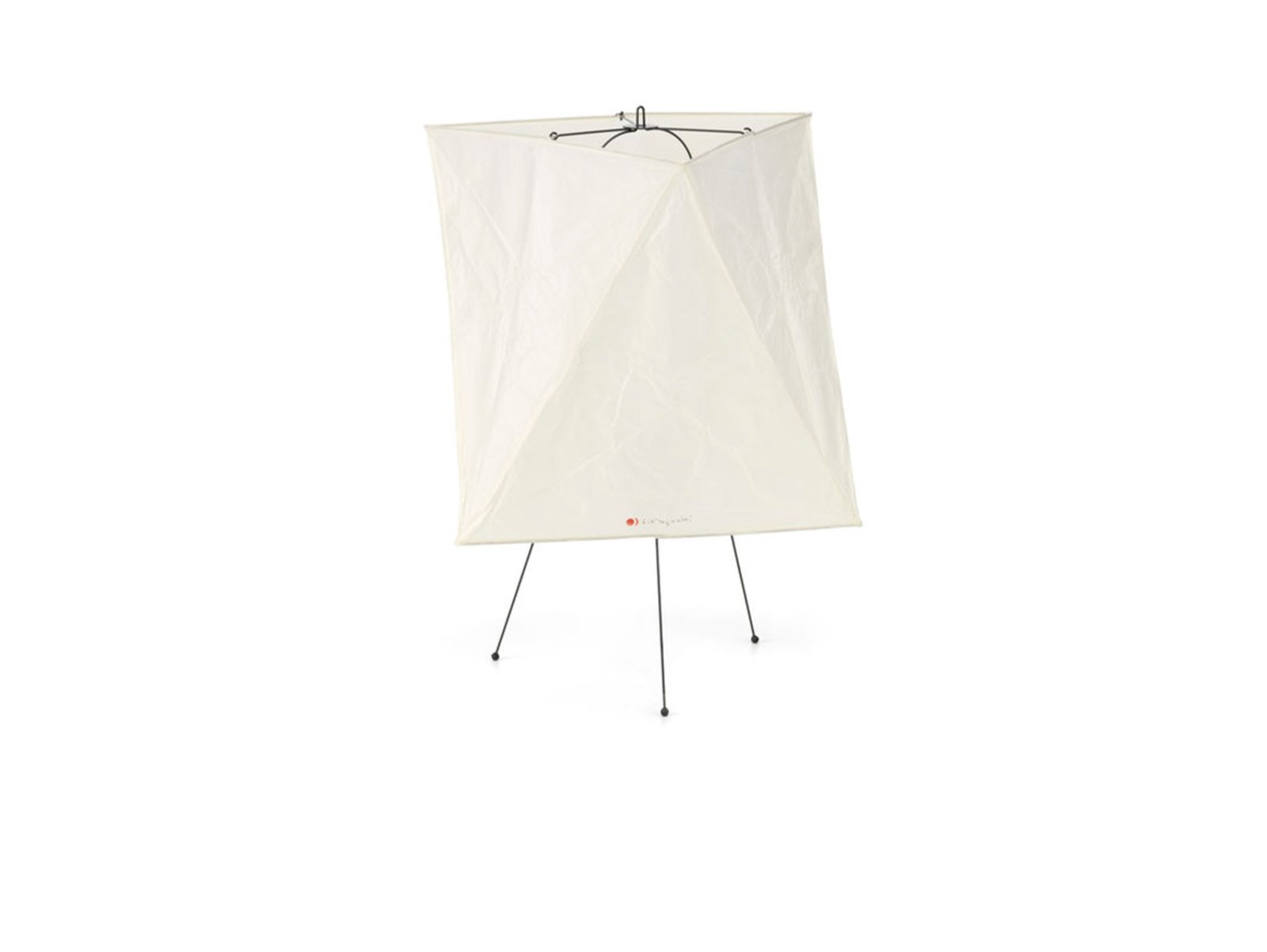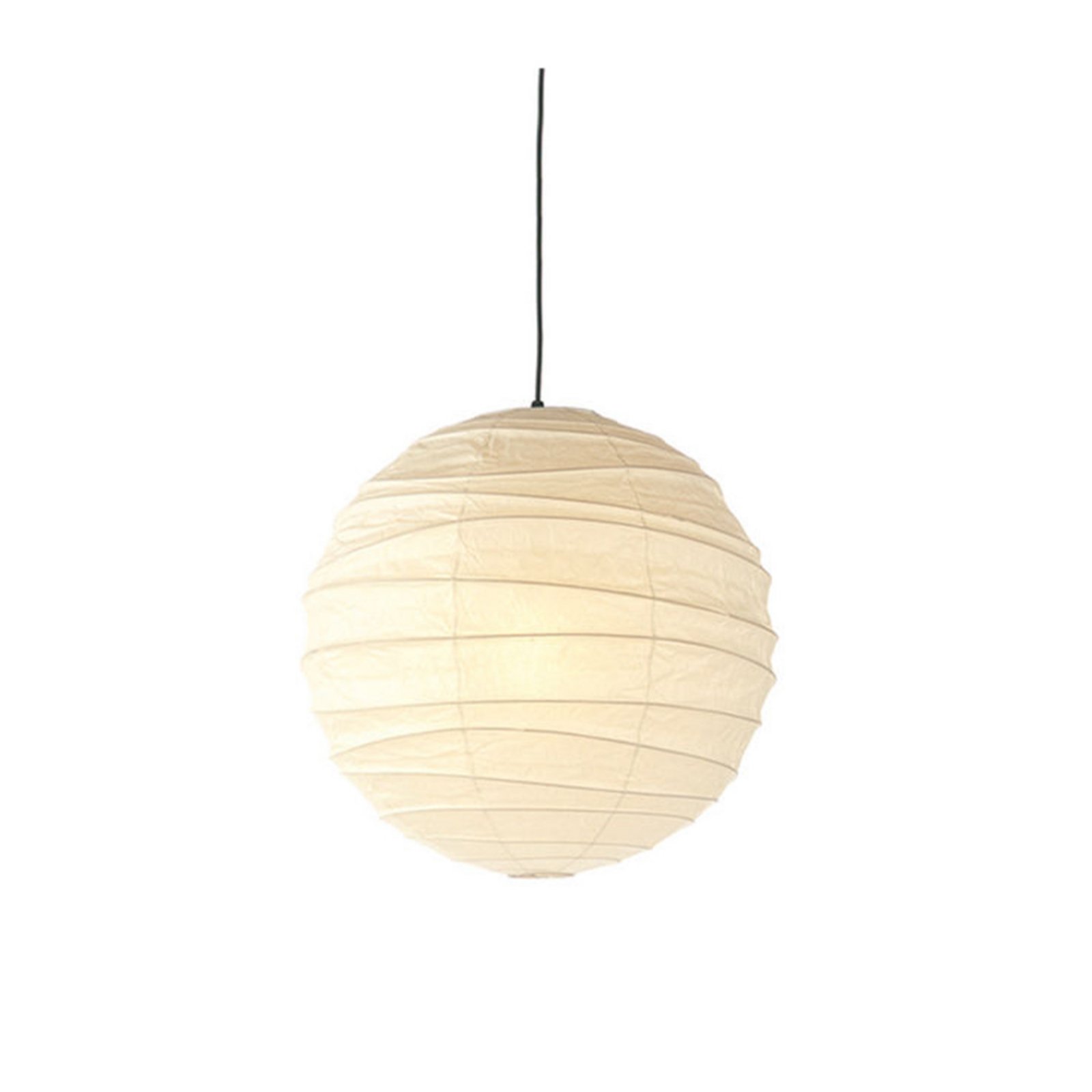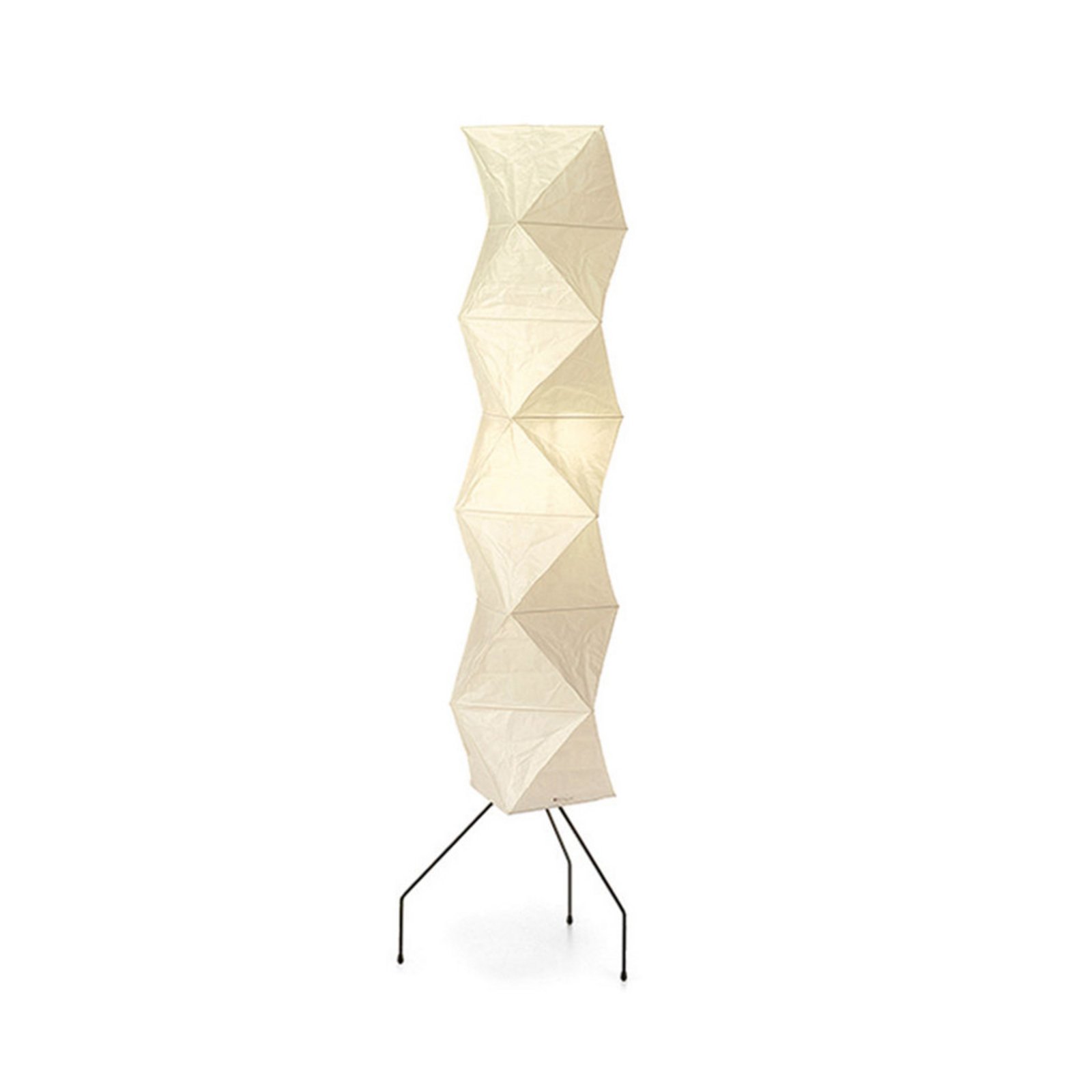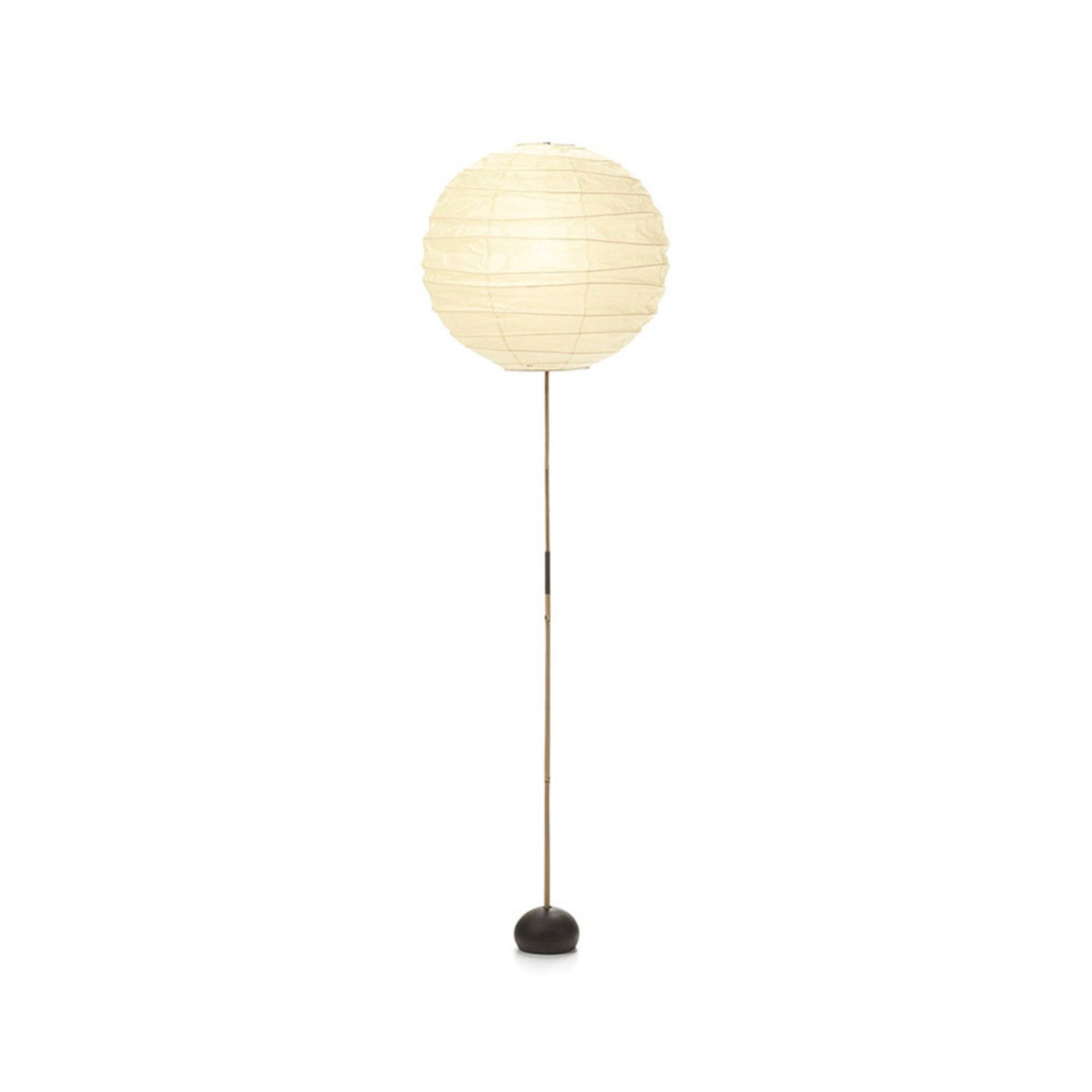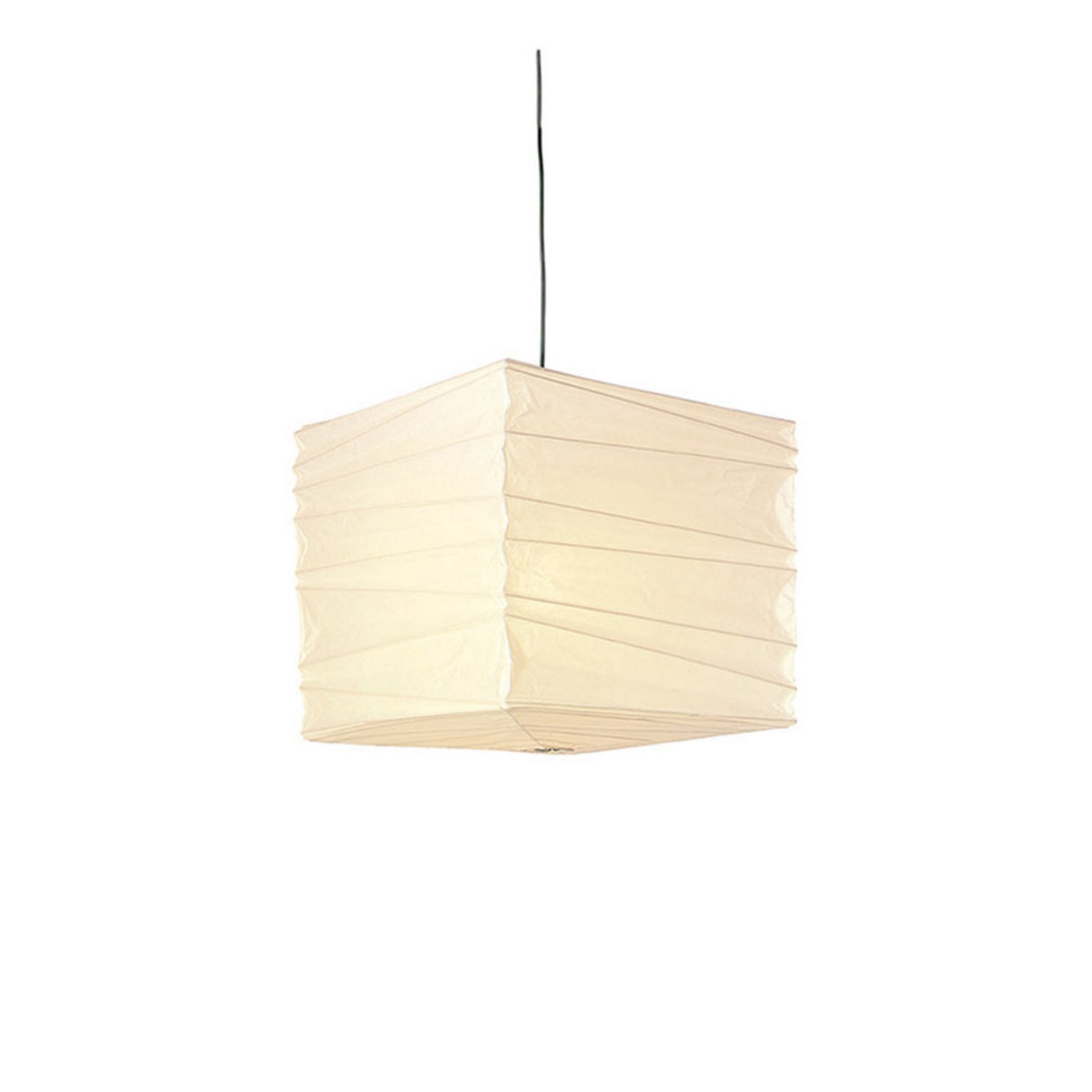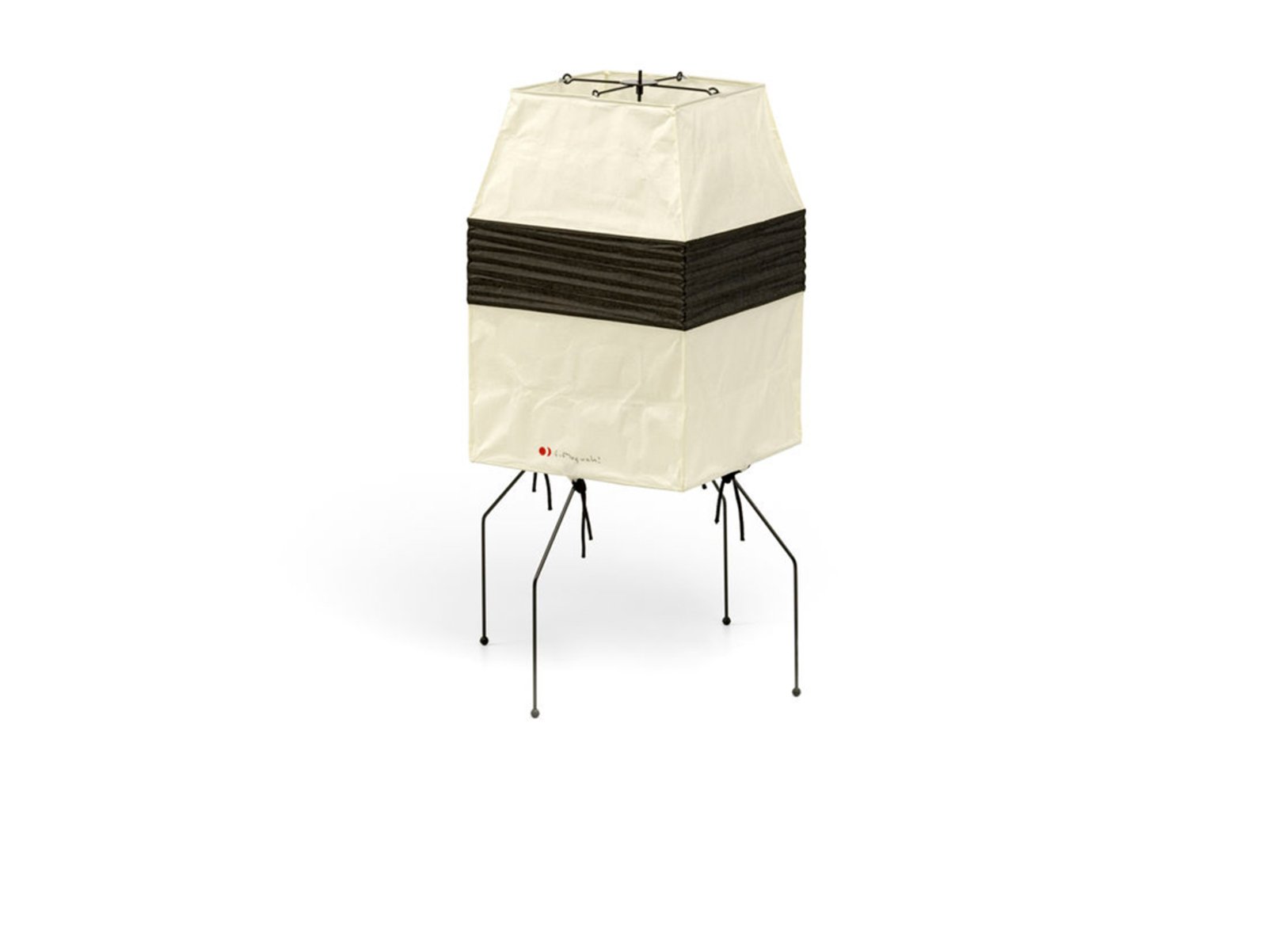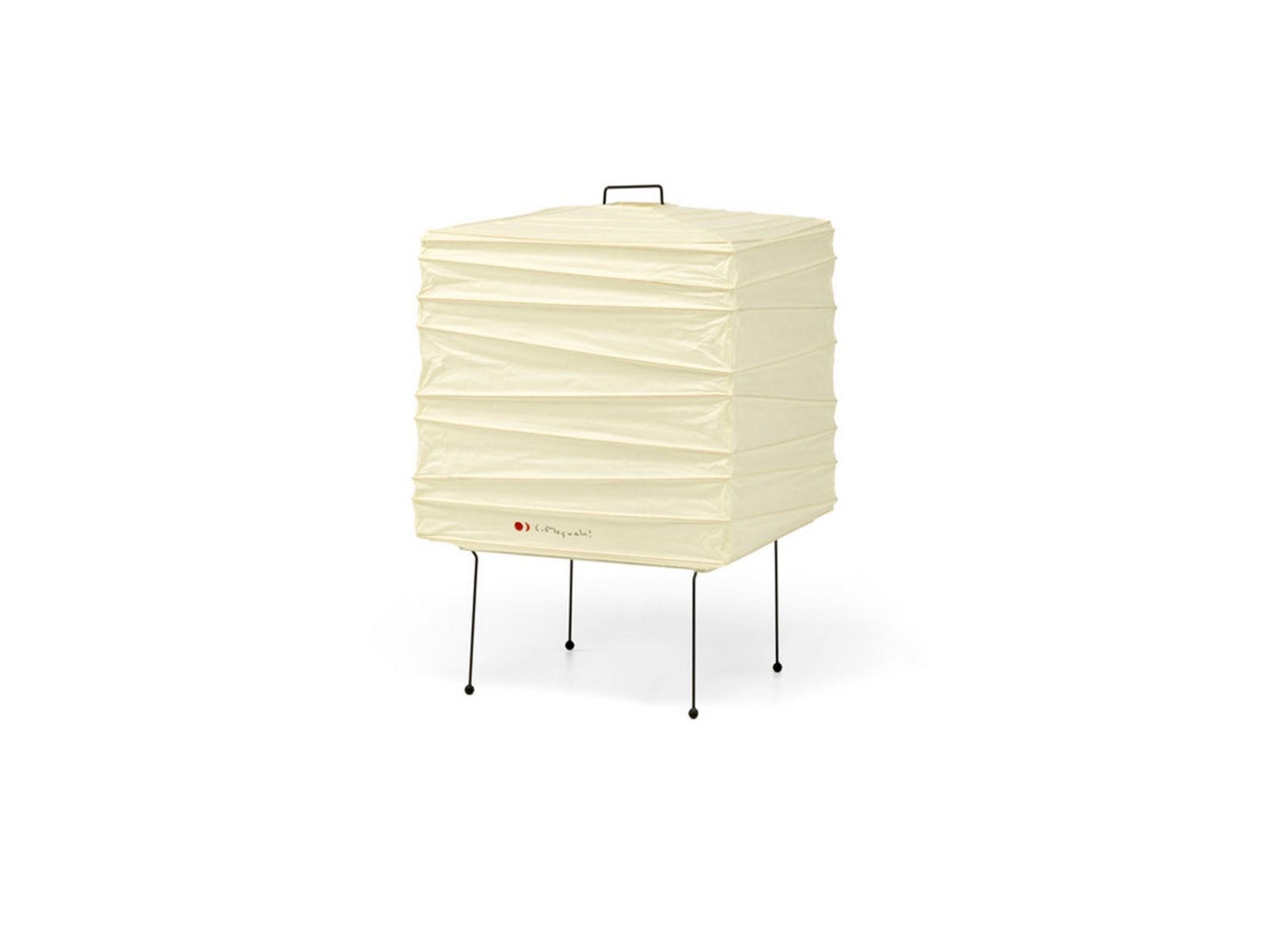- Professional Customer Service
- 100-day return policy
- Free delivery over €99
Isamu Noguchi
Born: 1904.\ Death: 1988.\ Famous works: Akari lamp, The Noguchi Museum, Octetra sculpture, Black Sun sculpture, The Cry sculpture, Heiwao Bridge and West Peace Bridge.\ Education: Columbia University and Leonardo da Vinci art school.
Japanese-American designer, artist and sculptor Isamu Noguchi was a creative talent. He created everything from set designs, ceramics and sculptures to furniture and lamps. His results were both traditional and modern, while his bold approach to design set new standards in art. In 1927, at the age of 23, he received a Guggenheim Fellowship because of his outstanding ability in art.
In New York, he saw an exhibition of Romanian sculptor Constantin Brancusi. Inspired to work with modernism and abstraction, he took his scholarship to Paris, where he worked as an assistant to Brancusi. He then presented his first solo exhibition in New York. However, his artistic multi-talent didn't break through until 1940 in the USA, where he designed the very large Isamu Noguchi sculpture. The sculpture symbolized the freedom of the press and can be seen today at the Rockefeller Center in New York.
:format(jpeg))
The beginning of the Akari lamp
While traveling the world, Noguchi learned a lot about different materials and different ways of expressing himself. He worked with marble in Italy, studied brush drawing in China and learned to work with clay from the potter Jinmatsu Uno in Japan. Beyond form and materials, he was very concerned with how his design affected the space itself. He focused on his design having not only a practical but also a social function when used in interior design.
His designs were characterized by his sculptural style and organic form language, which had a huge influence on design in the 1950s. In early 1951, he began designing light sculptures that were named 'Akari', which means 'light' in Japanese. The sculptures were characterized by their formal volume and organic idiom. Combined with the thin material shoji paper, which was used in Japan for lanterns and paper umbrellas, the lamps were given an elegant and almost weightless look, which is also known from the traditional rice paper lamp. After designing more than 100 Akari lamps, he designed an entire series consisting of the pendant, table and floor lamp in different sizes.
Today, the range consists of more than 40 different models produced in collaboration with the successful company Vitra. The handmade lamps come in different sizes and shapes - some in their pure form and others with graphic illustrations. Common to all Akari lamps is the robust material shoji paper, which dims the light and hides the light source while allowing a pleasant and even light to spread in the surroundings.
